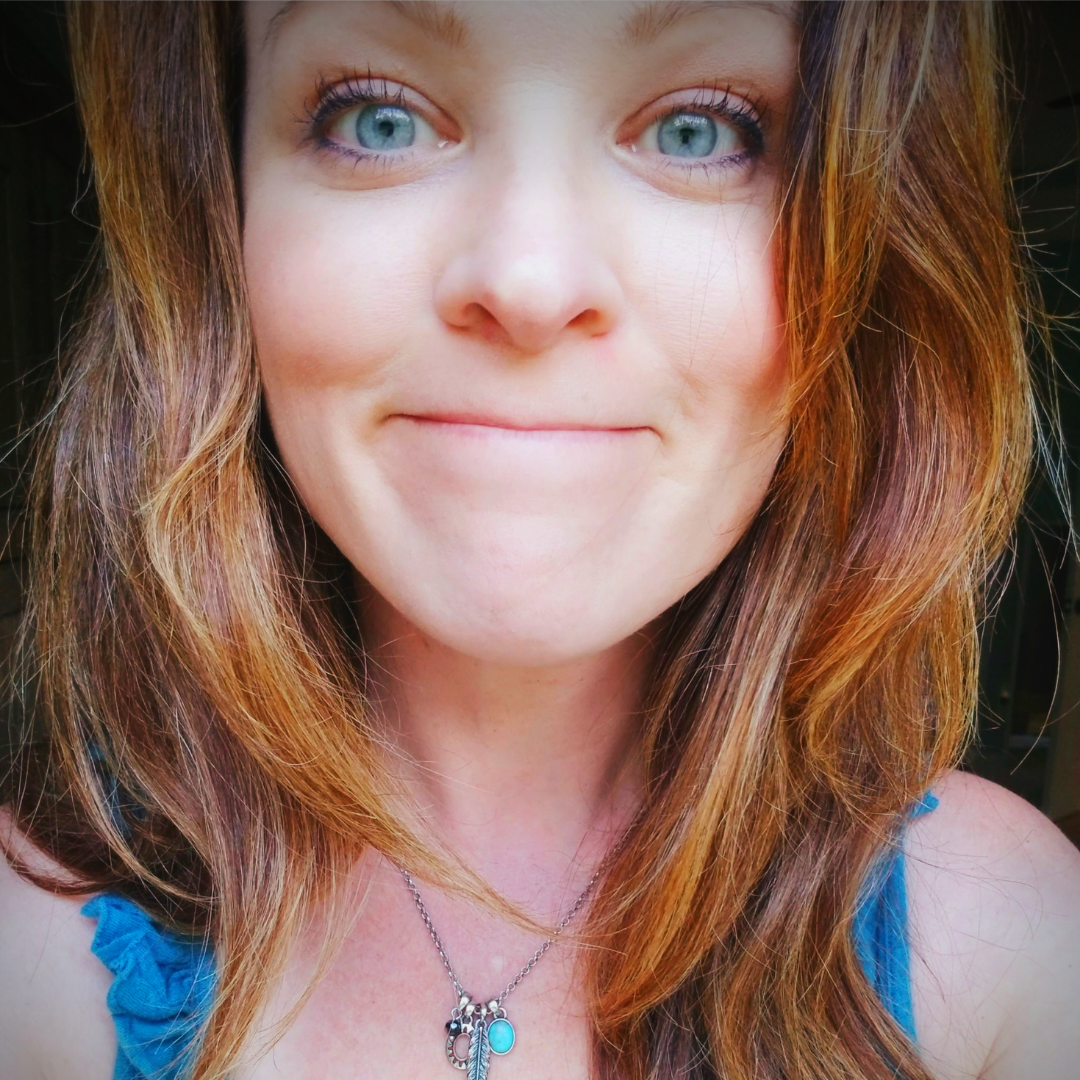|
Looking at mixed media art examples from other artists is a GREAT way to get inspired if you're ever feeling creatively stuck. As you'll see, my mixed media art journal is a place where I love to swatch, experiment, paint, collage, plan or teach online art lessons for Awesome Art School & SO much more!
Do you have an art journal, or have you always wanted to try it but didn't know how? Download my Kick-in-the-Pants Guide to Starting an Art Journal with inspiring quotes from one of my favorite people, Bob Ross. Simply click the button below and I'll send it straight to your inbox!
Once you've printed out your guide, meet me here to watch the series that goes along with it, or check out today's art journal flip-through first.
Before we continue, super quick announcement: All product links are Affiliate. I may earn a small commission if you choose to order through these links but by law there is never any additional cost to the consumer for doing so. I thank you for your support.
For me, art journaling is a place where I can swatch new art supplies, experiment, play, plan or teach the lessons I create for Awesome Art School.
This particular art journal is filled with fountain pen ink paintings like the one above, because I started experimenting with fountain pen ink right around the same time as I bought this journal.
I love to work big, so I always buy the 11x14 size, but there are some smaller ones available too. This watercolor sketchbook is filled with 140 lb. cold press (textured) paper and can honestly take ANYTHING I throw at it from watercolor pencils to full-blown, multi-layer "Hamburger Style" projects with collage, acrylics and mod podge.
If you've never done a mixed media art journal before, or aren't sure what kind to buy, I'm in LOVE with this hardcover watercolor sketchbook by Strathmore. It's the journal featured in today's video and countless others.
If you're going to work with any type of wet medium, and want to work in an art journal, you always want to be working on watercolor paper because it's the sturdiest and will hold up to whatever you're using.
How gorgeous is that red fountain pen ink in these paintings? It's called Widow Maker by Noodlers. It is SO vibrant and fun to work with.
As I mentioned, an art journal can be a great place to experiment with art supplies and learn which ones work well together. Look closely at the painting below on the left.
Do you see a sheen to it? I tested adding pan pastels to my fountain pen ink painting and wanted to see if it would hold up to a sealer (in this case just mod podge). It TOTALLY did, and I think the mod podge layer made this piece even more vibrant than it already was.
I mentioned how sometimes I will plan out a potential project in my art journals too. This one is of a cute interior from Wardhill Castle, the turret bathroom.
How cute is that?! I scribbled some musings about the castle and my curiosity as to whether or not it's legit haunted off to the side :)
Make sure you click over to watch the full video because there are lots of other pieces in this journal that I didn't feature on the blog today. I hope today's flip-through is giving you tons of mixed media ideas to try in your own art journal. And seriously, if you've always wondered about starting an art journal, but don't know how, or feel intimidated... you've gotta check out this series. It's a gentle "Kick-in-the-Pants" from me with quotes from Bob Ross to get you creating!
Need more resources to get your creative juices flowing?
❤️ CHECK OUT ALL my art books on AMAZON ❤️ CHECK OUT ALL my online art classes @ Awesome Art School ❤️ MY FAVORITE ART SUPPLIES on AMAZON (affiliate links) ❤️ MY BELOVED FACEBOOK GROUP
2 Comments
Gesso vs Absorbent ground? Which one would you reach for if you're in the mood to do a little watercoloring in your mixed media art journal and feel the need to prep the surface first? Today I'm doing a little experiment in my own art journal so you don't have to! We'll compare how watercolor on gesso looks on an art journal page vs. how watercolor looks on a page prepped with golden absorbent ground!
If you've never started an art journal on your own before (GASP!!!) You're missing out on SO MUCH FUN!!
SO many people think about trying something like art journaling and never follow through with it. A lot of them get intimidated by that big empty white page, or ALL the empty white pages in a journal. If you're one of these people - this is so common. I can help you to get over that hurdle so you can start having FUN with art!! Click the button below to get my FREE pdf to give you the KICK IN THE PANTS you need to start art journaling ;) It's filled with tons of tips and advice from not only me, but one of my artsy idols - Bob Ross! We'll have you "breaking the blank page" and creating in no time!!!
Before we continue, super quick announcement: If you're in the market for new art supplies, or curious what I'm using, supply links are included below. All product links are Affiliate. I may earn a small commission if you choose to order through these links but by law there is never any additional cost to the consumer for doing so. I thank you for your support!
I love Liquitex gesso for my mixed media work, so that is what I'll be using for today's little experiment. Because gesso is specifically MADE for acrylic paints, it preps any surface you want to work on for acrylic paints. I also love to use white gesso as a replacement for white acrylic paint when I'm creating my mixed media portraits because it's more transparent than your typical white acrylic paint, and I love the way that looks when I'm doing mixed media art - especially if there is a collage in the background! For the purpose of today's demo, I'm testing how gesso works with watercolor so you don't have to!! I've decided to start these art journal pages off with a bit of simple collage in the background. Colorful, patterned napkins are one of my go-tos for collage art. I find they're easier to work with if you pull the layers apart so you're only working with one ply. If you're curious about how to do wrinkle free mixed media collage backgrounds with paper napkins, I recently did a YouTube tutorial on that- so be sure to check it out if you missed it and simply hate those wrinkles!! 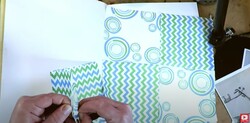
I almost always use matte medium as my collage adhesive whether I'm working in my mixed media art journal or on canvas. If you'd like to know more about WHY matte medium is typically what I reach for, check out this mixed media art tutorial on my YouTube channel for the side by side comparison of matte medium vs mod podge.
Today I'm working in one of my Strathmore watercolor art journal because I absolutely LOVE this for mixed media art journaling. I also love to work big, so I buy the 11" x 14" version. It's filled with 140 pound cold press (cold press paper has texture to it - it's not smooth) watercolor paper. If you're art-ing along with me (and I hope you do!!!)- be sure to take care when selecting your paper, journals, or whatever substrate you choose to work on. It's EQUALLY important as the art supplies you are using.
I felt like these collage pages needed some bright color so added some hot pink washi tape then got right to it - covering the middle of my left side journal page with gesso, and the right side with absorbent ground.
I feel like a lot of mixed media artists skip over absorbent ground all together, so I want to make sure you know what it does and how to use it if you enjoy watersoluble art supplies.
Golden's absorbent ground has basically the same consistency as Liquitex Gesso, and has the same level of transparency to it - which I love, because I enjoy a little collage art peaking through the face of whatever mixed media girl I'm painting into the foreground of my art journal pages!
Just so you know, absorbent ground can be added to basically ANY surface that normally wouldn't "play nicely" with watersoluble supplies (even wood!). It's especially awesome if you like to upcycle old books into altered book art journals and enjoy watercoloring! Typically I will do two coats of absorbent ground to keep the coverage fairly light and transparent. When I'm using gesso, I typically do one coat for the same reason. Acrylic paint dries itself into a plastic so it doesn't need heavy priming. Watercolors need a little more baby-ing. I hit both pages with my hair dryer to dry them. Once dry, I can feel right away with my hands how much smoother the right side page of my paper is because of the Absorbent Ground. The gesso on the left side really kind of preserves the original texture of my cold press paper, while the absorbent ground minimizes the texture and makes it feel more like hot press watercolor paper.
I sketched a simple face on both pages in pencil, and doodled on top of that with my watercolor markers.
When I start brushing some water onto the gesso side of my paper to activate the watercolor marker lines (see below - it's the side in blue), I can still see some of the texture from the paper poking through underneath it. Both the paint and any water I add stay very much on the surface due to the gesso. It blocks the paper from absorbing the color or the water, so the paint just pools on top. My brush can move the pools around, but the paper can't absorb it, which isn't a desirable effect to me.
It's not "wrong" in any way- it's just not how I prefer to work with these supplies, so let's test out the absorbent ground page to see how things go over there...
On the absorbent ground side (in green, below), when I activate my lines with water, there is definitely less pooling of paint and water. You can see this for sure when I attempt to soften a "hard edge" by reactivating a line that had started to dry. The surface feels a bit more predictable to work on with watercolor and is much easier to blend on - both of which, I really like and prefer.
These effects may not matter to you, but if you are someone who likes to go back in and blend lines out, touch things up, etc., absorbent ground is really gonna be your friend. It allows watersoluble mediums (any art supply you can activate with water) to really behave as they typically would on watercolor paper.
It's funny - I posted a sneak peek of this project early over on Instagram and a ton of followers - even my professional artist friends - actually asked me about the markers I was using! In case you're interested too - they're watercolor markers by Faber Castell, and I just love them! They are a bit more expensive because they are a fine art product, but they're worth it in my book, and they won't fade over time because they're light fast.
These two are in what I lovingly refer to as "the ugly phase" (above!), which means they're about half way done, and not looking nearly as beautiful as they will if I keep on layering my supplies and pushing through till the end!
After a few more layers with the watercolor markers, I decide to go in and doodle on top of my girls with pen because I LOVE the way pen looks on top of watercolor!
Make sure you actually watch the video for today's demo to see for yourself what I experienced. I'm a big fan of learning about how an art supply behaves and using it in that way so I don't just make a mess!
LOVE MIXED MEDIA & ART JOURNALING? Learn more about the Mixed Media Society and join the waitlist to get notified when I'm open for enrollment! ❤️ CHECK OUT ALL my art books on AMAZON ❤️ MY FAVORITE ART SUPPLIES on AMAZON ❤️ MY BELOVED FACEBOOK GROUP ❤️ FOLLOW ME ON INSTAGRAM Who doesn't love SASSY Pinup Girl Art?! Seriously!! Why have I not shown you how to draw a pinup girl before?! I had such a blast with this art journal page and can't wait for you to try it! Today’s video is a FULL LENGTH mixed media art project, so if you love vintage collage, pinup girl drawings, art journaling, my hamburger system OR mixed media tutorials - this is for YOU! Not sure what I'm talking about when I say "Hamburger System?" NO PROBLEM!! I've got you!! My Hamburger System is a simple mixed media layering system I've developed over time after TONS of trial and error from playing with ALL the art supplies I could get my hands on!! I used to get asked all the time (and still do!) about my mixed media process, and what order I layer my mixed media art supplies in. I've broken it down for you layer by layer and created a fun step by step video series on YouTube, created a FREE cheatsheet you can download, and EVEN ending up pouring it all into a book because I think it's that helpful to have as a reference on your art table. I love collaging art journal backgrounds with new materials and trying out new art journal ideas, so was thrilled to try doing a postcard collage! I was not sure how this was gonna work because I've never done much with postcard art, or collaging materials with a glossy sheen, but I was in the mood to BREAK a FEW RULES!! Grab your art journal, some vintage postcards, your acrylics, gelatos, pitt pens and ALL your mixed media hamburger supplies because it's TIME TO PLAY!!! How ADORABLE is this retro pinup girl I found to use as our reference image for todays' project??!! I'm SO excited to paint her into the foreground!! Before we go any further, super quick announcement: All product links are Affiliate. I may earn a small commission if you choose to order through these links, but by law there is never any additional cost to the consumer for doing so. I thank you for your support!! If you follow me, you know I'm a super fan of liquitex matte medium for my collage layer, but since I've already started this project in a rebel mood- I'm gonna go ahead and continue that streak! These postcards are pretty substantial, so I grabbed my good old fashioned Weldbond adhesive because I don't want them buckling or separating. I want them to be locked down and rock solid. Initially I hadn't planned to use masking tape for this project, but it was sitting next to my art journal, and I've used masking tape tons in the past on my collage layer, so decided to frame my page around the edges. Not only will this add some additional texture to my collage background, it will help to strengthen the edges of my page. Before we get TOO FAR into the project- we need to talk about background vs. foreground. While I totally love each and every one of these postcards individually AND the composition they've magically created together in my background - I'm not gonna let myself get attached. I KNOW it's hard, but you need to do this to if you intend to paint or draw something into the foreground of your piece. A background is simply that- a background. Of course we want it to be awesome, but we can't be precious about it. To help me with that, I've added a few scrappy pieces of masking tape in the center of my page, and my stamps! Next, I added some gesso with my brayer to kick the background back even more, so I have some space to draw. Don't let this hurt, ok? Background is background! We're prepping the space for someone fun to appear in the foreground, so we need this to head backstage. The rough application with my brayer helps the background take on a bit of a grungy look - which I LOVE. To bring that out a bit more- I added some brown acrylics around the edges. I know some mixed media art fans kinda hate drawing, but I love it, so a lot of my work ends up as mixed media portraits (because I LOVE drawing faces and teaching people how to draw a whimsical face!). If you love drawing faces, you HAVE to join me over on my YouTube Drawing channel for my Whimsical Women of the Women of the World series. We're having a blast and you can do this on your own time, any time you want! If you're totally new to drawing faces, check this series out on my YouTube Drawing Channel to get you started!! You'll learn how to draw a whimsical face in pencil. It's super easy and relaxed. Then I show you how to add a little bit of shading, and we build on those skills when you're ready for more! I get a ton of questions about how to draw so many random things, and I really encourage using a reference photo because everything you need to know to create a beautiful drawing is already in the photo. All you do have to do is draw what you see! A reference makes things SO much easier. And if you choose to draw in a whimsical style like I typically do - it's way more forgiving than realism. AND more fun (I think!!). After your pinup girl drawing is all sketched in - it's time to kick things up a notch and add some color!!! Have FUN layering in your acrylics and gelatos. Just keep on moving up the hamburger layering system from the bottom up! If you have questions about your supplies and where or when they go, just use your cheatsheet! If you didn't grab that yet, click the button below to have it sent straight to your email! When I'm happy with my gelatos and acrylic layers, I'm ready to seal it - which is layer number 4. At this point, nothing should move when I add mod podge except for my gelatos. They will melt a little bit, so be prepared for that. If you don't want anything to move (this totally freaks some people out, and that's ok!) - you can just choose to work only with materials that are nonwatersoluble, and permanent - like acrylics! Tons of students ask me if watercolors are ok to use in the Hamburger System and where to put them. I honestly don't use them AT ALL in the Hamburger system because they are SO reactive, and just their own animal! I save up my watercolor love for other projects. Watercolors play nicely with colored pencils, paint pens, fountain pen ink, pens, etc. - and I totally love them, just not for my "Hamburger" projects. Remember - my Hamburger System is not the only way to go with mixed media- it's just a fun pattern I've developed for layering over time that I love and find to be pretty fail safe. It always gives me gorgeous results, and because I want YOUR art to be AWESOME - I've shared this with you so you have NO questions about what supplies play nicely together and you can just have FUN, which is the most important part of art-ing, am I right?! Once my mod podge layer dries, it's time to have some fun with my pitt pens! They're made by Faber Castell and filled with India Ink, and I LOVE using them to "paint" more details on the mixed media faces and mixed media animals I love creating. They actually make an awesome skin tone pack that you might want to check out if you don't have any pitt pens and are interested in trying them out. So fun!! Make sure you do a test swatch of these before you put them on your project because the caps can totally can trick you here and there! At this point, I just have a blast shading and doodling all over the place with my pitt pens to add detail and depth on my slippery mod podge surface. I use my finger to blend for shading in the face. The amazing thing about this layer and playing with pitt pens, is they can be erased with a baby wipe if something happens that you don't like!! If you're following along with my cheatsheet for the Hamburger System, you can feel free to seal this layer with mod podge, and then go back to add even MORE doodles! If you do get any smears with your mod podge here - like I did (because my black pitt pen marks weren't quite dry in one spot before I added my mod podge), that's ok! Everything is fixable- we can figure it out. Just take a breath and redirect the smear! I always finish up with a white sharpie pen or posca pen / paint marker to add some highlights that pop - they make SUCH a huge difference in your art! Watch the video to see exactly where I love to jazz my girls up, and make them glow!! Once I'm good to go with my highlights and have finished adding some distress marks to the edges of my art journal page, it's time to seal her up so she doesn't move and so my art journal pages will not stick together. This is one the HUGEST questions I get from students- "How to keep art journal pages from sticking together?!" So here ya go - my answer is at the end of today's video. Be sure to stay with me till the end for that tidbit!! Thank you so much for hanging out with me today! I hope you LOVED this project and will see ya back here next Friday!! Have a fab weekend!! Mixed media collage backgrounds with tissue paper are EASY to create and can add gorgeous texture to your mixed media art journal. Today’s video is a 45 minute, FULL LENGTH mixed media project, so if you love collage mixed media art & mixed media tutorials - this is for YOU! I know what you’re thinking about collaging art journal backgrounds with tissue paper ... those WRINKLES, those BUBBLES, or worse yet - the rips!! Don’t worry - I've got collage techniques that will make your thin tissue paper BEHAVE so the texture of your collage background can PEEK through your mixed media portrait, without taking over your whole art journal page! To get some inspiration flowing for this project, I flipped back through one of my favorite art journals of all time. I discovered every single page had started with collage! I don't think I even knew that before!! For me, collage is something I naturally gravitate to - to start a project. It's like a mindless art warmup. It sets the color scheme for my project, gives me a second to breathe and takes me to my creative happy place!! Before we continue, super quick announcement: All product links are Affiliate. I may earn a small commission if you choose to order through these links, but by law there is never any additional cost to the consumer for doing so. I thank you for your support! Like I often do, today, I'm working in my Strathmore Watercolor Journal because every single page of this sucker can really take a beating! This is my 4th one THIS YEAR!! I use them for drawing, watercolor, ink, juicy mixed media layering- this paper can take ALL of it. I found this little scrap pack pictured above, and decided to use these cute little tissue paper squares to get going on today's art journal page background. Shockingly, I chose to line them up a bit methodically. If you've been hanging out with me for a while, you know this is SO NOT ME, and I can see you laughing right now at how much this challenges me! When I do collage - no matter what material I'm working with- I spread out my pieces fairly evenly and "take turns" alternating colors and patterns, to spread the love! Tissue paper is REALLY porous, so it's fantastic for collage because the adhesive really soaks in. I'm using matte medium for my adhesive- for SO many reasons. I know I can sound like a broken record here - but it's so awesome for mixed media collage -especially if you plan to paint with acrylics on top, or even think you might go that route. If you're a mod podge fan (like me!), don't worry - I have plenty of times I reach for that as well, just not usually for my first layer. If you haven't seen my video about how to know when to use Mod Podge vs Matte Medium - it's super helpful! Now...onto today's mixed media background with tissue paper! If you've done tissue paper collage and had any issues in the past, I HEAR YOU! It's super easy to get not only WRINKLES, but bubbles. You definitely don't want bubbles because those can pop and leave a hole in your piece. If you've experienced tissue paper ripping in the past while you're collaging art backgrounds in your art journals or on mixed media canvases - I've got some tricks up my sleeve for YOU! 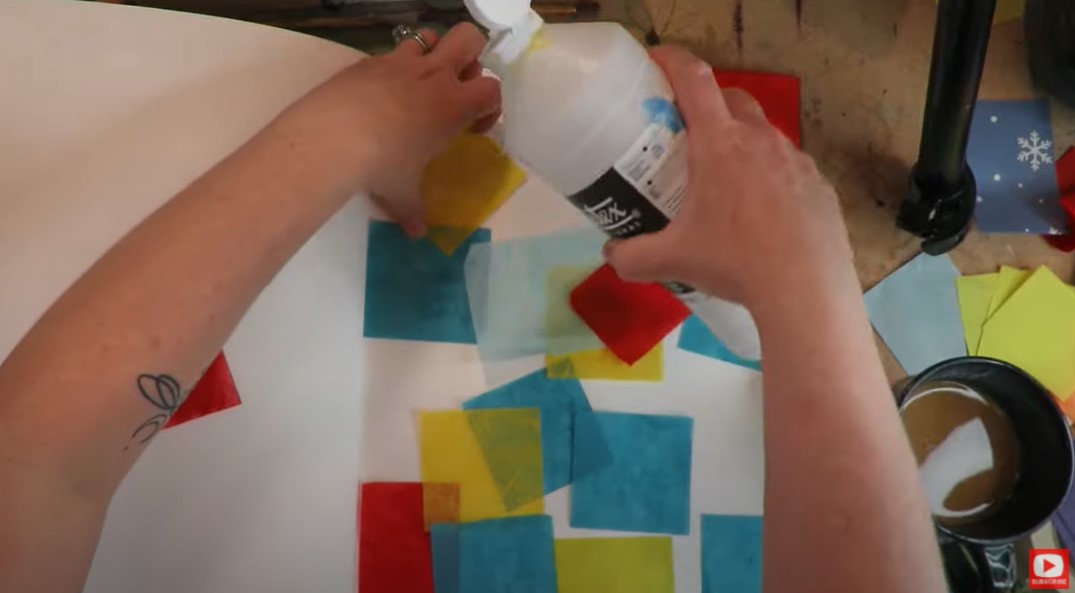 My BIGGEST SECRET is actually so simple... Use a TON of adhesive. That's it! Seriously!! I've got so many students and artsty friends who use their products sparingly. This is one you DON'T want to be precious with ;) If you want to make an AWESOME mixed media collage background (and that's what we want, or why are we doing this?!), you need to use a TON of product. In this case- matte medium- both under AND over your collage chunks! If you're new to mixed media - you'll soon find out, it's equally as much about creative problem solving as it is about planning and execution. I'm ALWAYS running into issue I need to solve, and today is no exception. Take a look at this.... I know the pic is a little fuzzy, but you can TOTALLY see there are fibers from my tissue paper scraps hanging off the edge of my foam brush. EWWWW! I had NO idea that was gonna happen. But I was already in it to win it. I kept going and tried to use this time to think about how I could intentionally work WITH the fibers or bury them! I know things always have a way of working out, so didn't stress. When these happen to you (AND THEY WILL!) just keep your confidence up, learn to pivot, and go with the flow! A solution will present itself to you. While I was thinking about these crazy tissue paper fibers, I started thinking about the other types of tissue paper I could've used including my favorite Tim Holtz collage tissue paper. Suddenly, I had a solution. 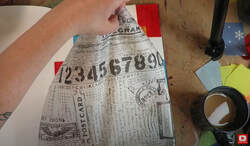 I tried a few different sheets of tissue paper from my Tim Holtz stash and ended up using my absolute favorite style that I have from him with the music notes and butterflies. I actually like to glue this down as one whole sheet. There is a little bit of an art to this- so be sure you watch the video if this is something you want to try with your own tissue paper art. My secret? The same as before. Use MORE matte medium. Underneath AND on top. In this case - more is better! Seriously... check out how much matte medium I'm glopping onto my art journal page right now for my BOTTOM layer! You want it to be SOAKING wet. If you're getting wrinkles, and bubble especially - you're not using enough product. It's kind of like wallpaper. Once you work your sheet down, it's time for a massage. Work out the bubbles that appear from your bottom layer of matte medium, and become one with your art piece for a few minutes! Use your fingers to spread out each bubble - and work your way across the page until they're gone. I put SO much adhesive down that while I'm massaging my bubbles down, the glue is rising up through my paper. That's a good thing! You have a little window of time to do the smoothing out. Once it's drying - you just can't move it anymore. It will rip. I had a student ask me the other day how long she needs to wait for her matte medium to dry before moving on to the next layer. My answer to that is - I never wait!! LOL. I just grab my hair dryer and let it blow until my collage feels dry when I touch it. I use a hair dryer instead of a heat gun because I feel like the air flow makes the drying process go faster. Sometimes heat from a heat gun can be too intense, and can even be damaging to certain products. So for me - I'm all about the hair dryer- it's fast, safe, and effective. I decided to use my face template that I made ages ago to draw a face over my fun new background! The easiest way to use the template is to grab a sheet of graphite transfer paper, lay it dark side down, and put the face on top. Then just trace over my lines of the face I drew for you with your pencil. The drawing will show up on your collage background. Awesome right?! If you're new to drawing or don't love drawing faces, but want to try playing around with one in your own art journal? Please feel free to download my face shape template! I decided to lay down a little gesso in the face shape area before doing the full transfer of the facial features in my template because I had a lot going on in my collage and it was too hard to see my transfer lines. I love using gesso INSTEAD of white acrylic paint for something like this because there is a level of transparency with gesso, and I will still be able to see the collage peeking through the face I create. Once my gesso was dry, I grabbed my all time favorite -stabilo all pencil and started drawing! If you're new to using a stabilo - be forewarned that these are SUPER reactive! I love that effect, but it tends to freak out many of my students. It WILL react to water, gesso, matte medium, mod podge, paint- whatever you throw at it. Since I'm using matte medium to activate today- it actually "freezes" whatever I do here in place. I drew in a quick bun and drug a little matte medium through this area, then worked some of the leftover gray on my paintbrush into the face as shading. I thought about leaving her black and white, but decided to smudge some gelatos in to add a bit of color. Remember each time you add a color - you want to repeat it somewhere. You should also always look to the colors in your background for inspiration. These become your color palette. Each time you repeat your background colors- you unify your piece. Take a look at how she pops when I add a touch of blue to her eyes... After I sealed this layer with more matte medium, I pulled out my pentel pocket brush to doodle some details like eyelashes, etc. Then I decided her lips needed to be redder, so pulled out some acrylics. I loved the way that looked so kept going - adding a touch of blue to her eyes, and a bit of yellow to the butterfly at her neck. Cute, right?! I hope you enjoyed today's tutorial!! I sure did!! Super easy, and a FUN, artistic release!! See ya on Monday for the next Whimsical Women of the World drawing tutorial over on my Drawing Channel!! Happy Friday!! Mixed media collage backgrounds with paper napkins are EASY to create and can add a gorgeous pop of color to your mixed media art journal. Today’s video is a FULL LENGTH project, so if you love collage mixed media art & mixed media tutorials - this is for YOU! I know what you’re thinking about collaging art journal backgrounds with napkins...those WRINKLES!! Don’t worry - I've got collage techniques that will make your napkins BEHAVE so there is a little texture, and your collage background can PEEK through your mixed media portrait, without taking over your whole art journal page! Grab your art journal, a beautiful paper napkin, TONS of liquitex matte medium, some gesso, a black stabilo all pencil & come play with me!! Today I'm working in my favorite Strathmore watercolor journal. These thick, beautiful pages can take anything I throw at them, which today is gonna be a vat of liquitex matte medium!! If you haven't used paper napkins to create an art journal background - you totally need to give it a try! There are so many beautiful patterns and colors out there! The possibilities are endless. A pretty napkin can also create a no-fail color scheme for your mixed media project if you intend to do a little painting, like I did. Just look to the colors you see in your napkin, find paint shades to match, and BOOM. Solid win! Napkins can be a bit tricky to work with because they are SO fine. To make matters worse, we need to separate the plys EVEN MORE so we're only working with the ply that has the pattern. If you haven't done this before, just work your nail into the edges of the napkin like I show you in the video, and slowly pull the plies away from each other. Sometimes the pretty napkins are 3-ply, like mine is today. So just watch for this so you isolate only that thin sheet filled with the pattern you love. When you're ready to glue this down into your journal, I suggest working with liquitex matte medium as your adhesive. I love this stuff because it's super fluid, and WAY LESS gloppy than mod podge for this type of work. Plus, matte medium was CREATED to work with acrylic paint. So if I decide to add a painting layer to this piece, my surface is already prepped and ready to go. Some people like to try and glue down the whole napkin sheet at once, but I find it's easier to manage and I can control the wrinkles a bit better if I work with smaller sections of my napkin at a time. Your napkin sheet is going to be fragile, so gently tear chunks of it apart. Now, here is my HUGE SECRET... you need a TON of matte medium to work out the wrinkles that will inevitably pop up while you're gluing. No matter how tiny your ripped pieces of napkin are- you're till gonna get wrinkles! To combat this, I pour my matte medium directly onto my art journal page and use what many would think is an "uncomfortable amount" of product. If you don't have an uncomfortable amount of it on your page right now- dump some more. Don't be precious about your matte medium - you want a TON of it both UNDER and OVER your napkin pieces, so they are sopping wet. Any areas that aren't soaking, go back and add more product to. This helps you get rid of any psycho wrinkles trying to creep up! My SECOND TIP for you to create a wrinkle free surface has to do with your foam brush technique! If you just drag your foam brush around, it's going to be easier for your napkin pieces to tear. Try using a pouncing motion with your brush to tap the napkin chunk onto your paper. This tapping motion will help your under layer of matte medium rise up and soak into the napkin. Watch the video to see what I mean. After you've pounced a napkin chunk into position, try to systematically smooth the wrinkles out on top. Going slowly will help you not rip the napkin. Trust me! You'll see I rammed through a couple of them too quickly and had to slow myself down. LOL! As you work around your art journal page, and sections begin to dry - just add more matte medium to edges that try to pop up on you. This will knock them back down. When I'm done gluing all my napkin pieces down, I use a hair dryer to dry the page instead of a heat gun, because a hair dryer won't get hot enough to ruin my work, and it's faster because of the "blower" part. A heat gun doesn't have that kind of air flow/power so takes longer. And if you know me- you know I'm in a hurry and don't have the patience to watch wet stuff dry!! I decide to add gesso to the center area of my page because I want to draw a face on top. While the background pattern from my napkin is beautiful, it is too dark and busy to draw anything over. To dial that back a bit, I turn to my gesso. I have 5 favorite ways I like using to apply gesso and demo them in today's video. My favorite gesso application method for under a face is just using a foam brush or my flat gesso brush. If I want more of an edgy look and want the texture to really pop forward from any wrinkles that do show up in my background, an old credit card is perfect to rake your gesso over the page with. I also love to pounce the gesso down with a sponge wherever I want it. This is primarily the technique I ended up using today. Then I pulled out my brayer to spread the gesso out a bit further and to draw a little texture into the foreground. After I hit this with the hair dryer once more, and everything is completely dry- it's time to do a little mixed media drawing! As you'll see in the video, I ALWAYS sketch in my face drawing guidelines. They're too important to skip and will set you up for success. I start my sketch in regular pencil, then when I'm happy with my lines, switch over to my stabilo to darken my lines. As you can see, my stabilo lines are actually fairly light. When I hit them with my paintbrush and some water- it's pretty magical, what happens. Look... Isn't it amazing how easily the stabilo is to activate with water?! It literally melts as soon as my brush touches it, and can be spread around like watercolor. This is one of my FAVORITE mixed media techniques!! I typically do my stabilo in 2 -3 layers for a drawing like this. After I activate the first layer, I let that dry, then add more dry stabilo marks wherever I feel like there needs to be a little more definition. Sometimes I activate that second layer of stabilo too - it just depends on the look I'm going for! For the finishing touches, I use my favorite white paint pens- posca and sharpie, along with my pentel pocket brush. Look at how just a few lines of ink from the pocket brush and a couple of dotted white highlights in and around the eyes and on the nose really make her pop! Look at how the texture of that napkin peaks through, up close! LOVE IT ! In the end, I decided to add some of my Noodler's Ink around the edges in the background to tie into the florals of the napkin together, and I'm LOVING how that looks!!! So fun! I hope you enjoy this mixed media tutorial / art journal project!! Thanks for watching!! Stay tuned for Monday's Whimsical Women of the World Portrait Drawing prompt!! |
Karen CampbellFounder of Awesome Art School. Mixed Media Artist. Author of 19 Instructional Art Books! Whose work has appeared in...Archives
July 2024
Categories
All
|
|
"Karen is flipping hilarious and she's very real...I like the way she teaches in a way that really gives you confidence, whether you're a beginner or advanced there's always something new to learn!"
- Elizabeth W. |
What Fans Are SayingKaren, you are absolutely fabulous! You make me feel like I can draw anything. I have recently retired and finally have the time to do some of the art that I have loved since I was in school. I am really at the beginning of my art journey and I hope to learn as much as I can. Thank you for all you do. |
Contact ME |
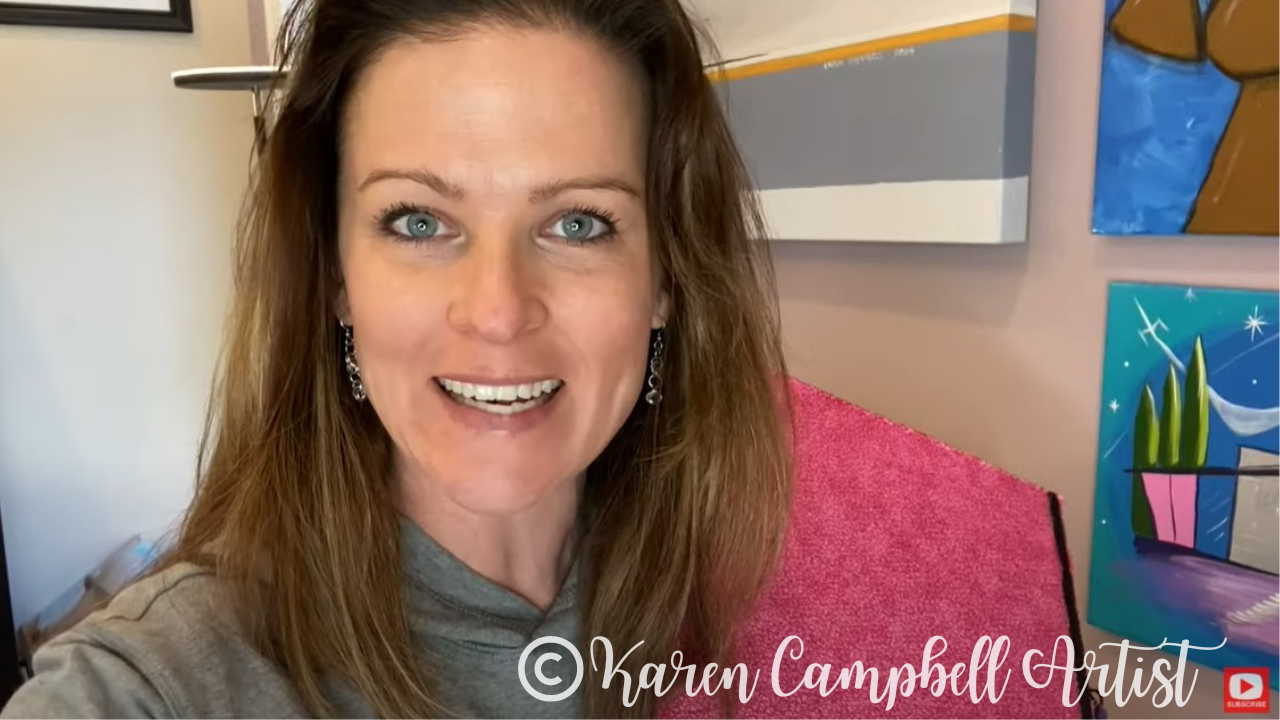
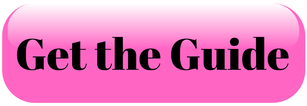
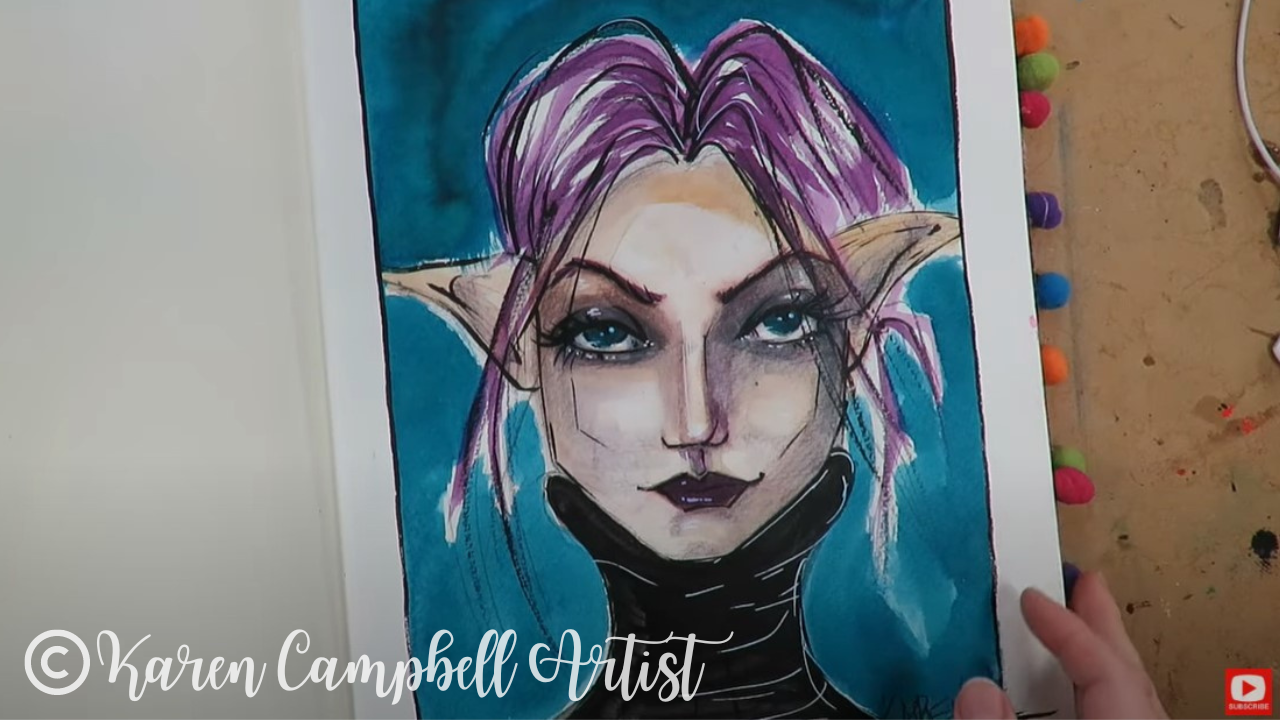
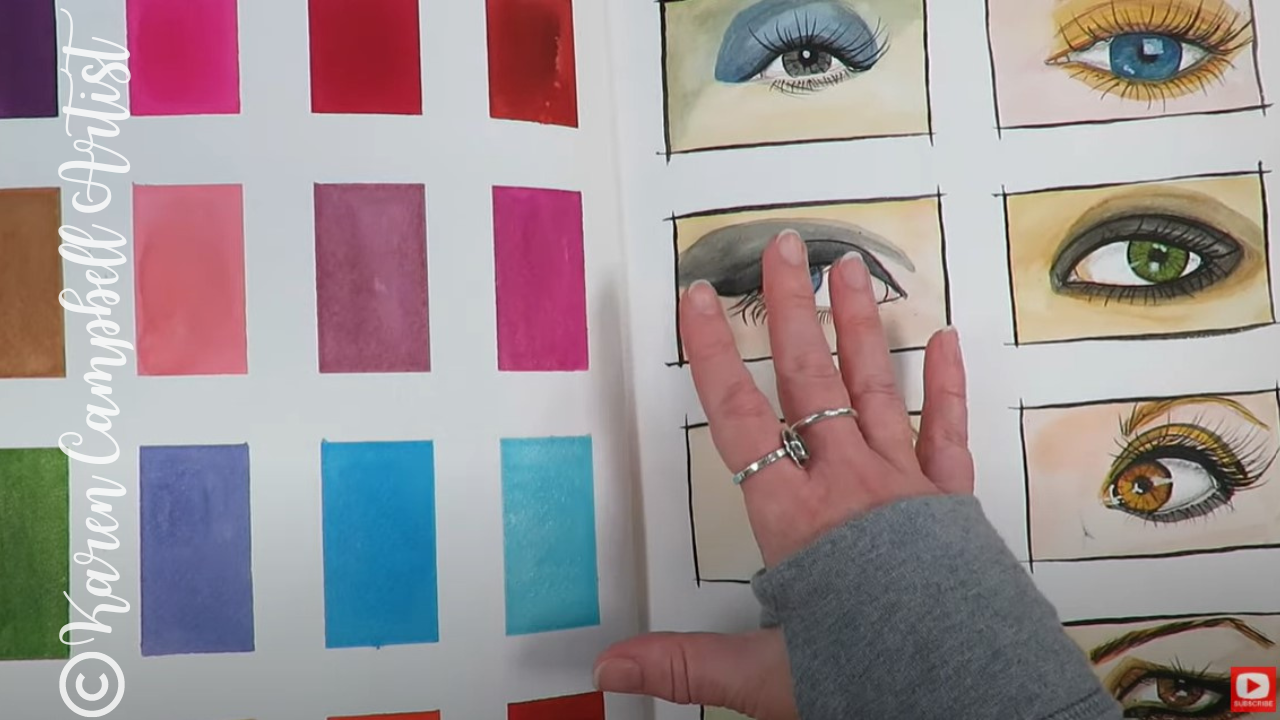
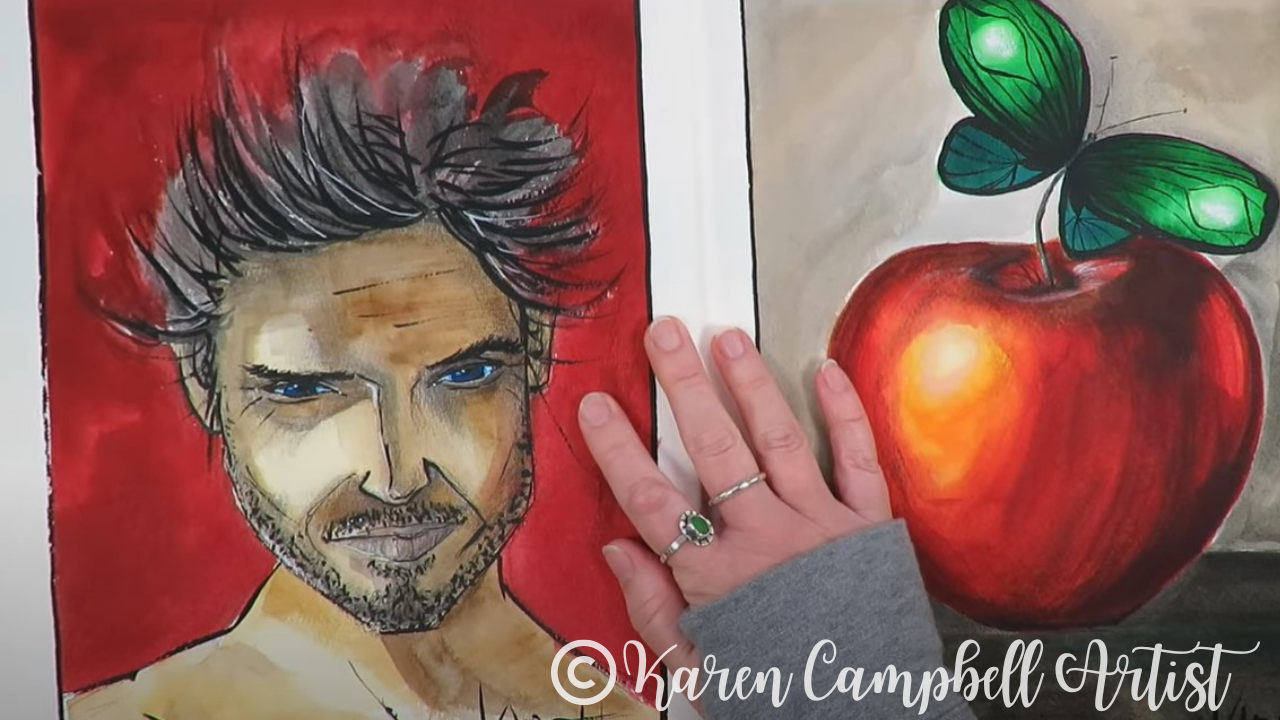
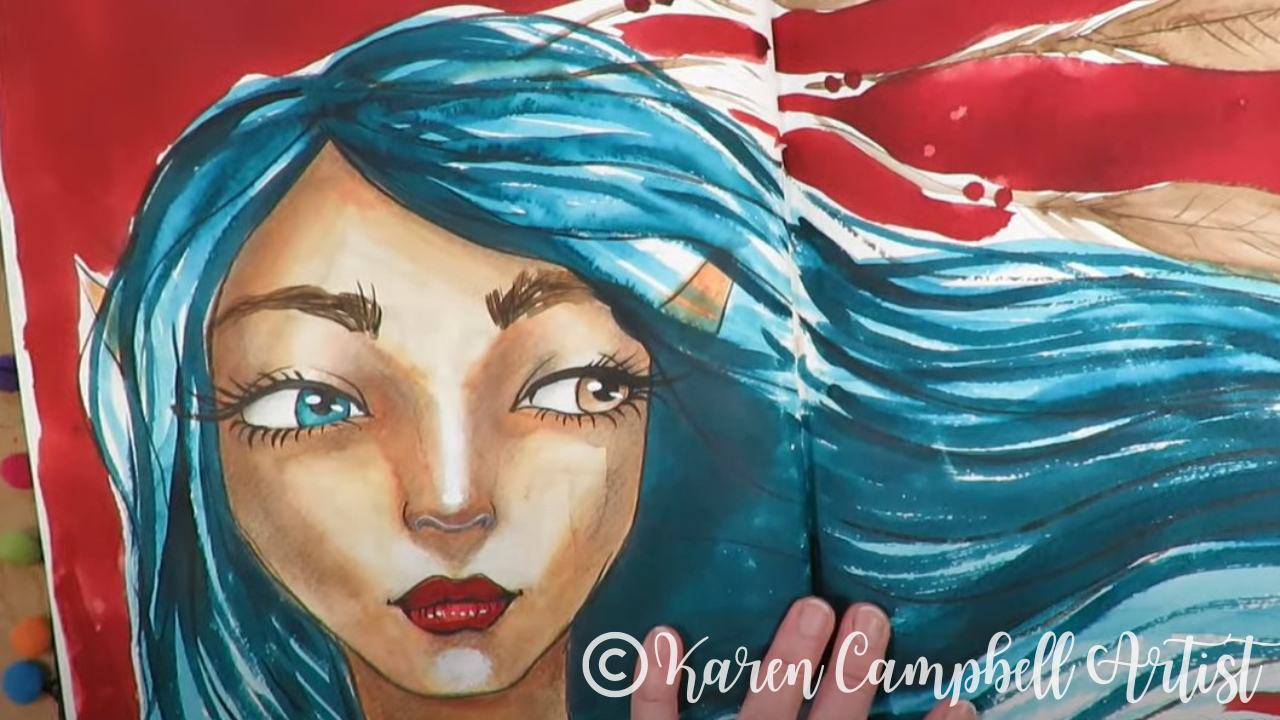
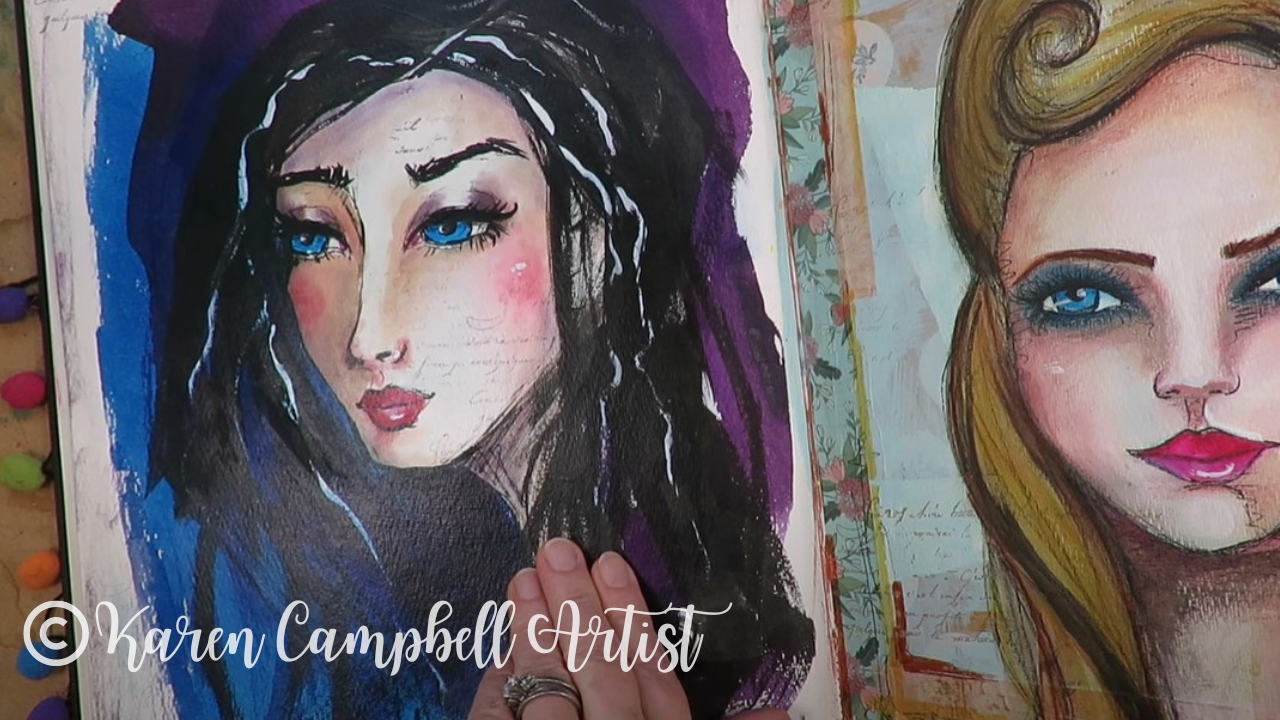
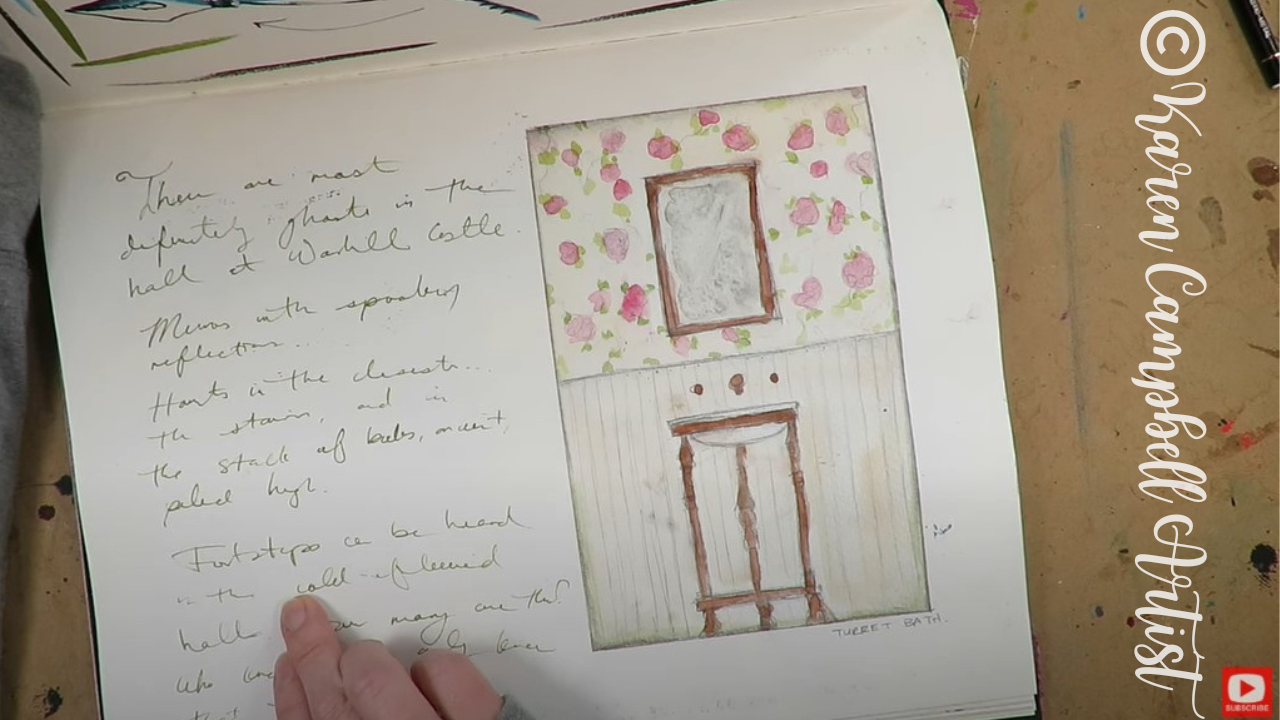


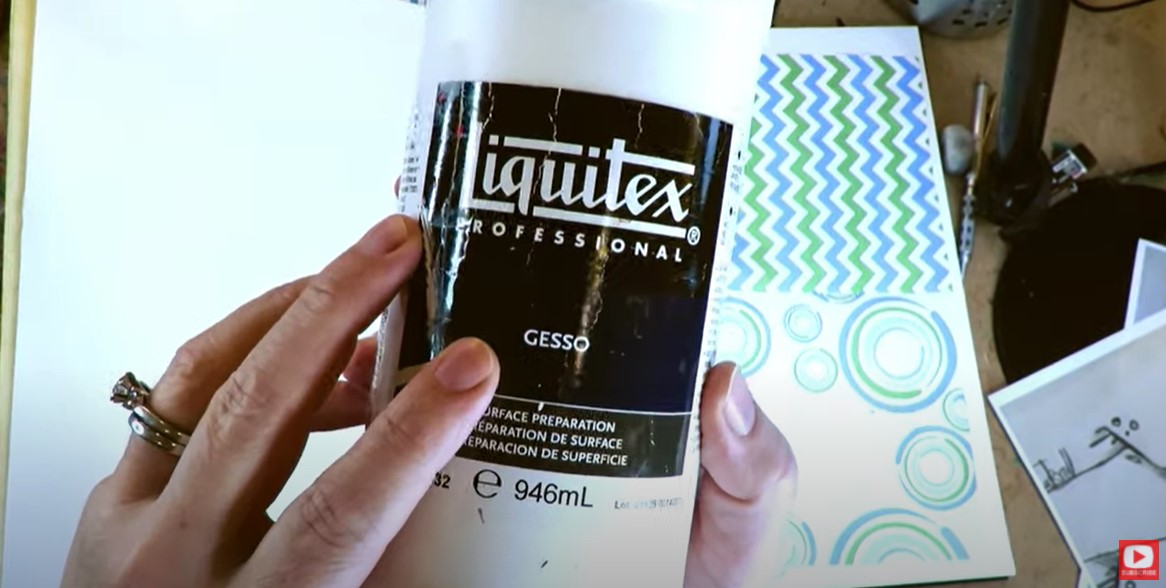
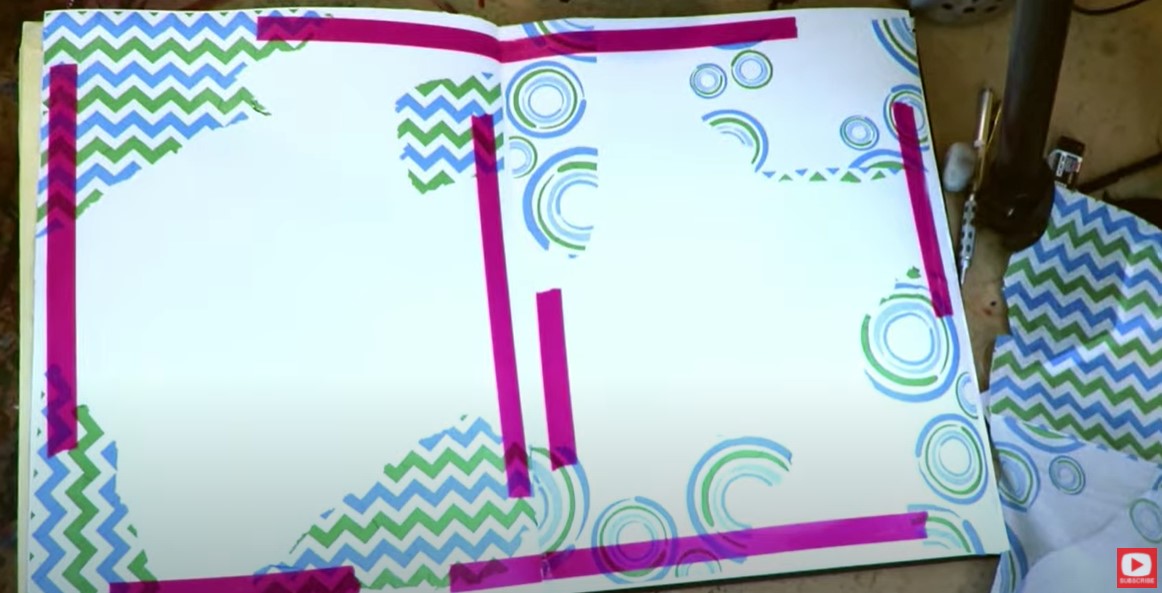
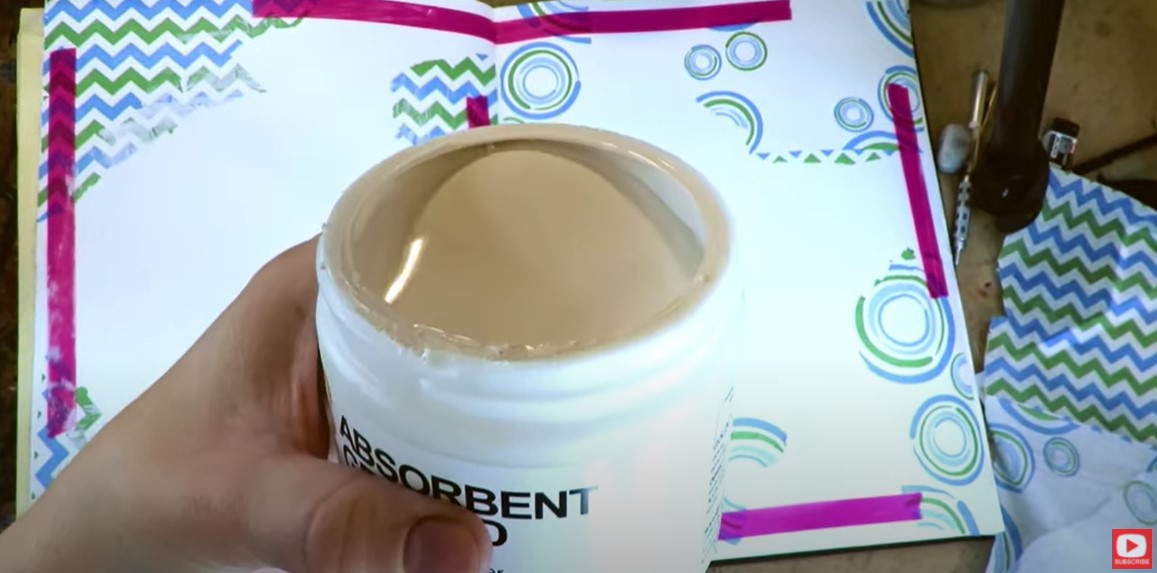
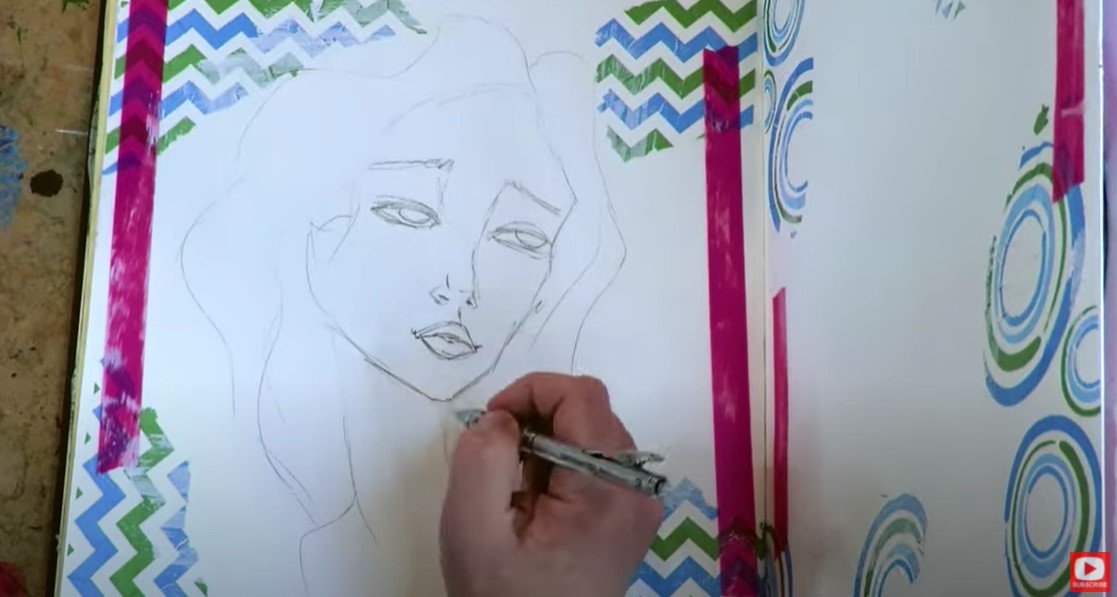
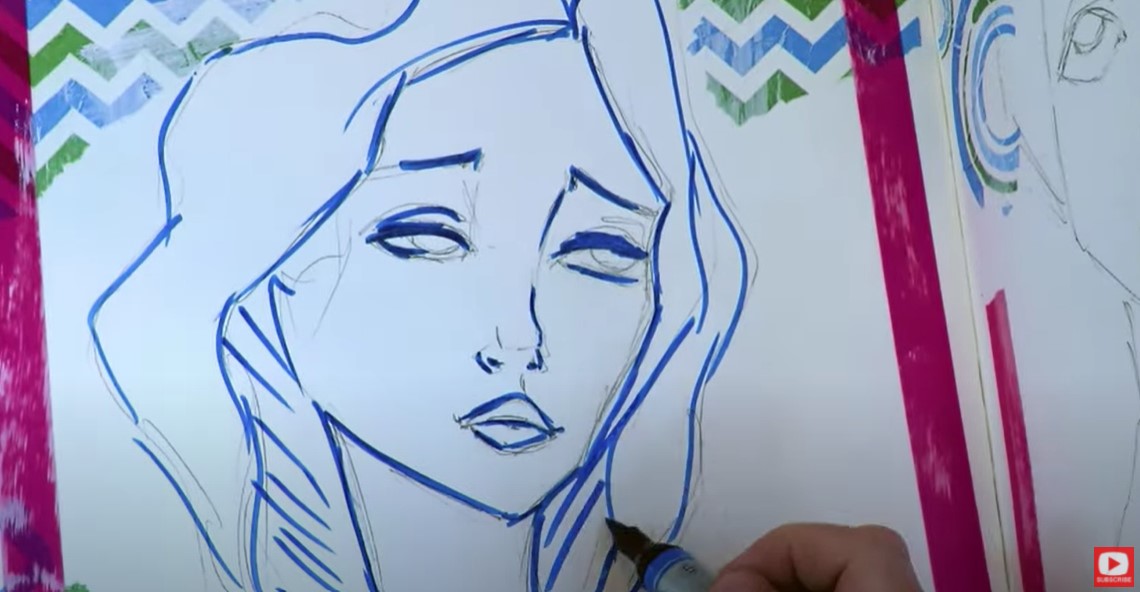
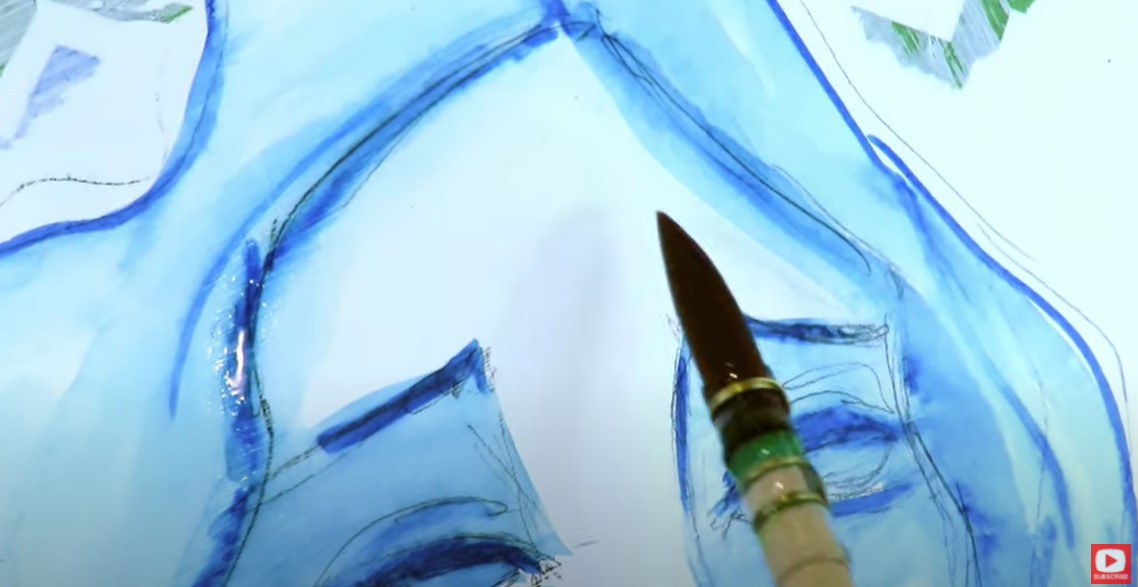
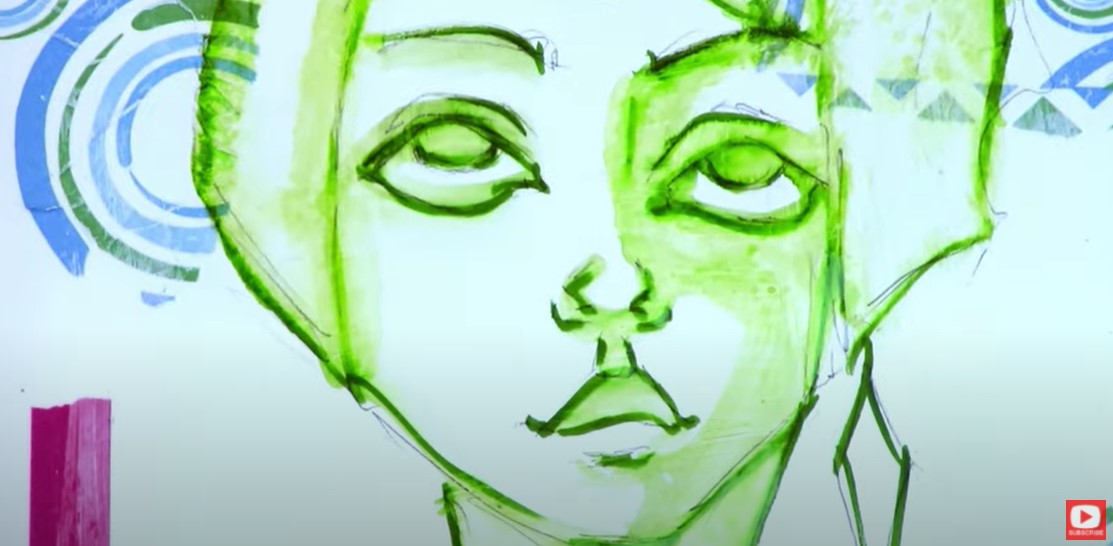
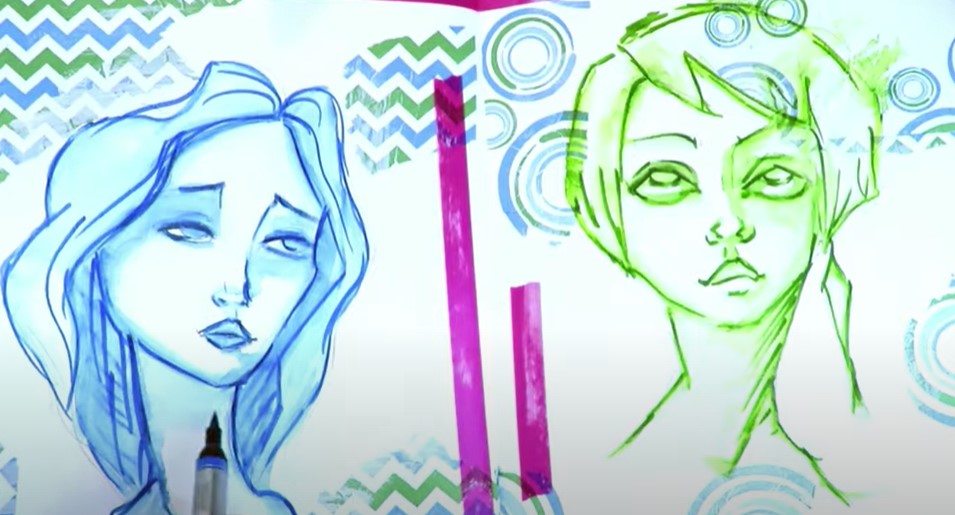
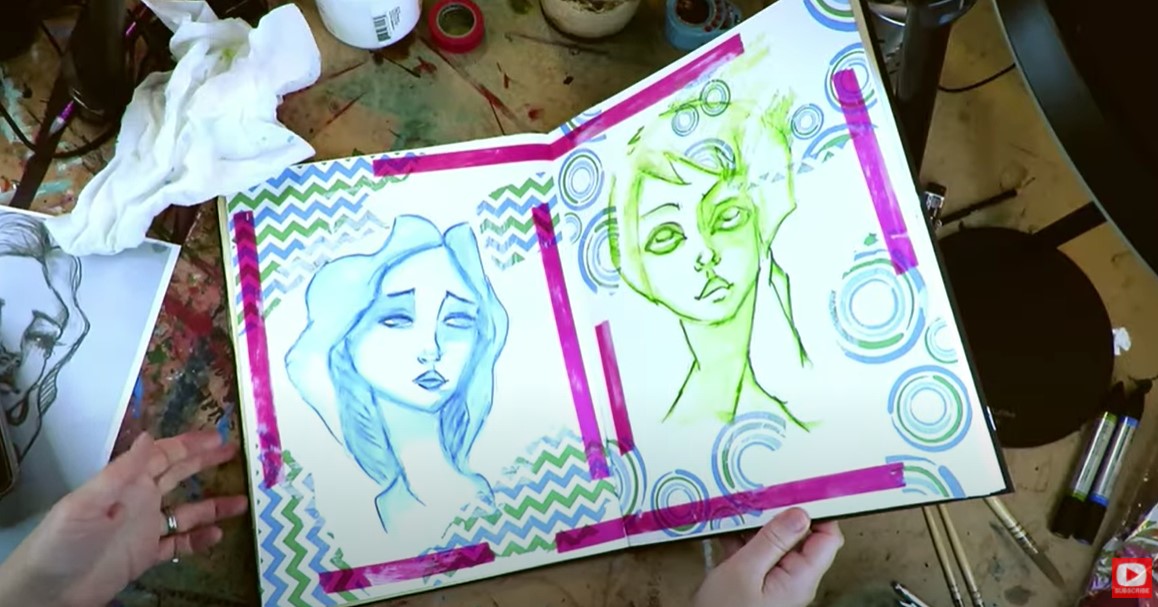
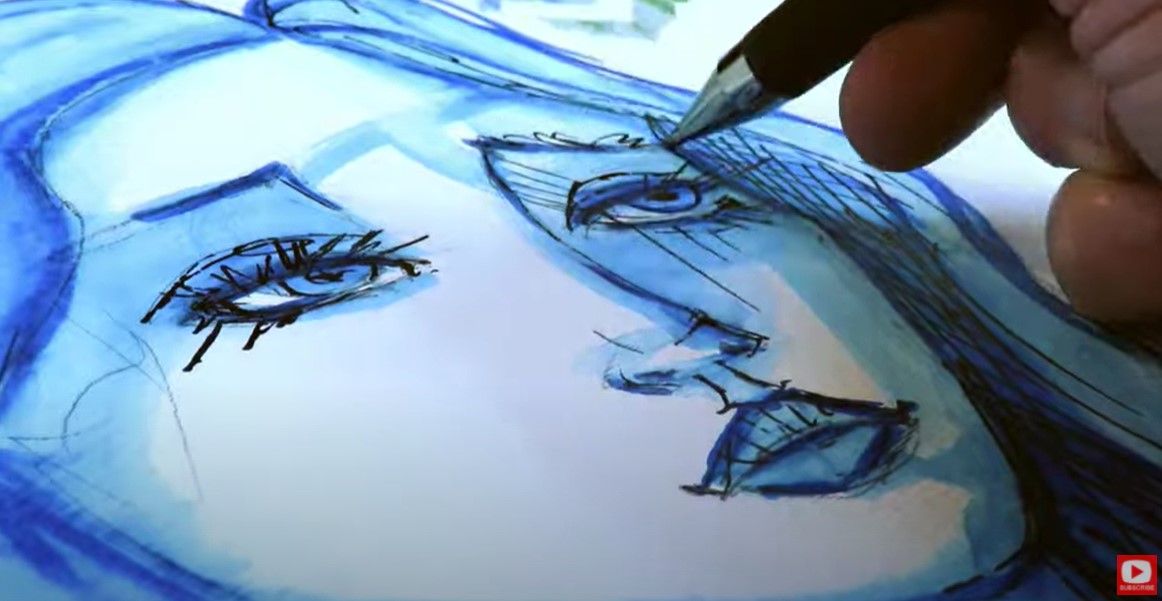
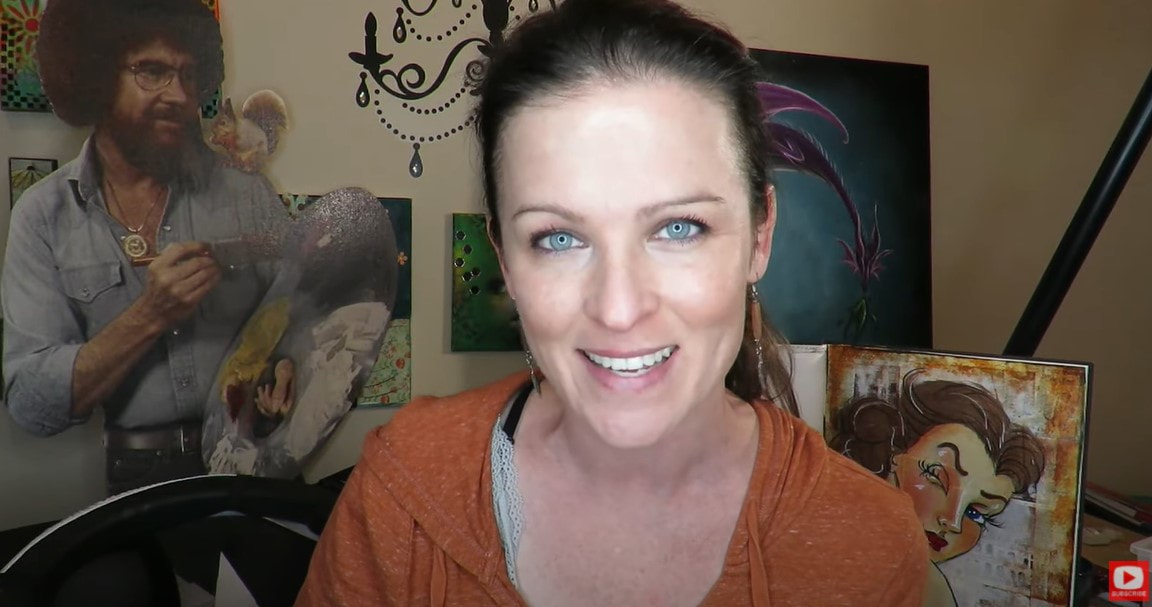
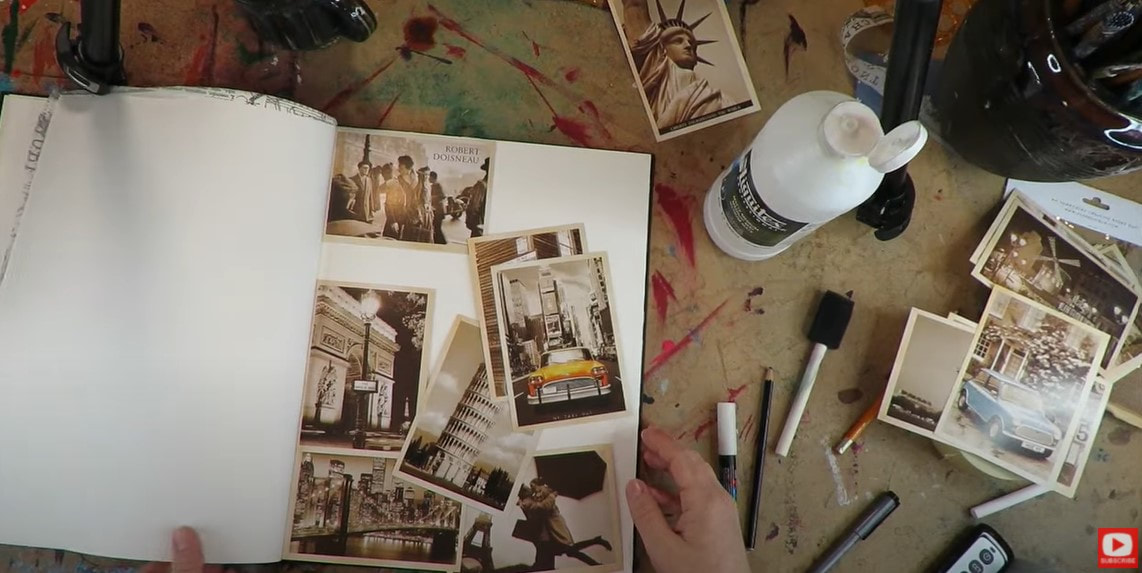
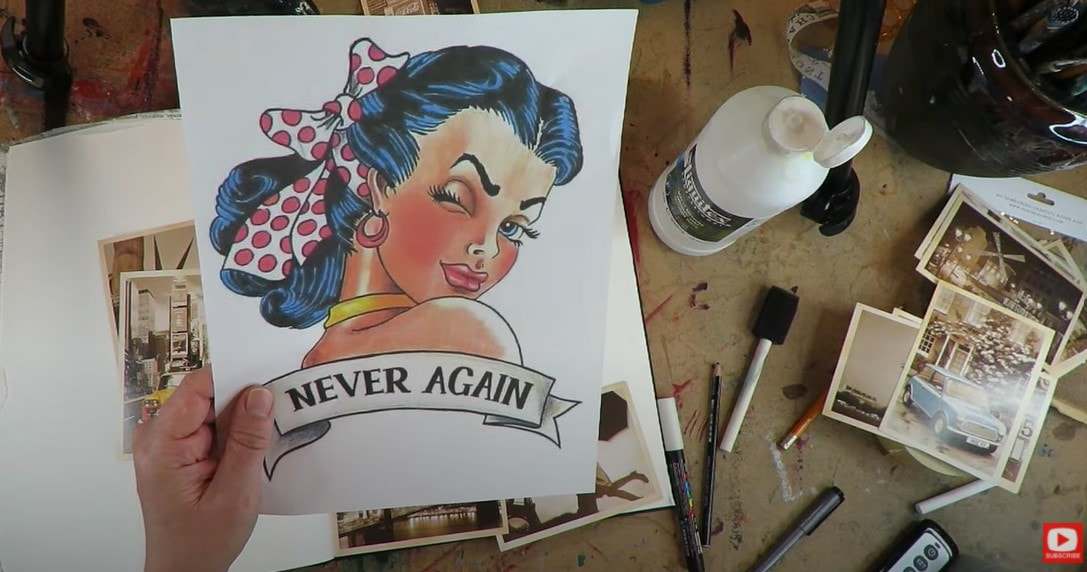
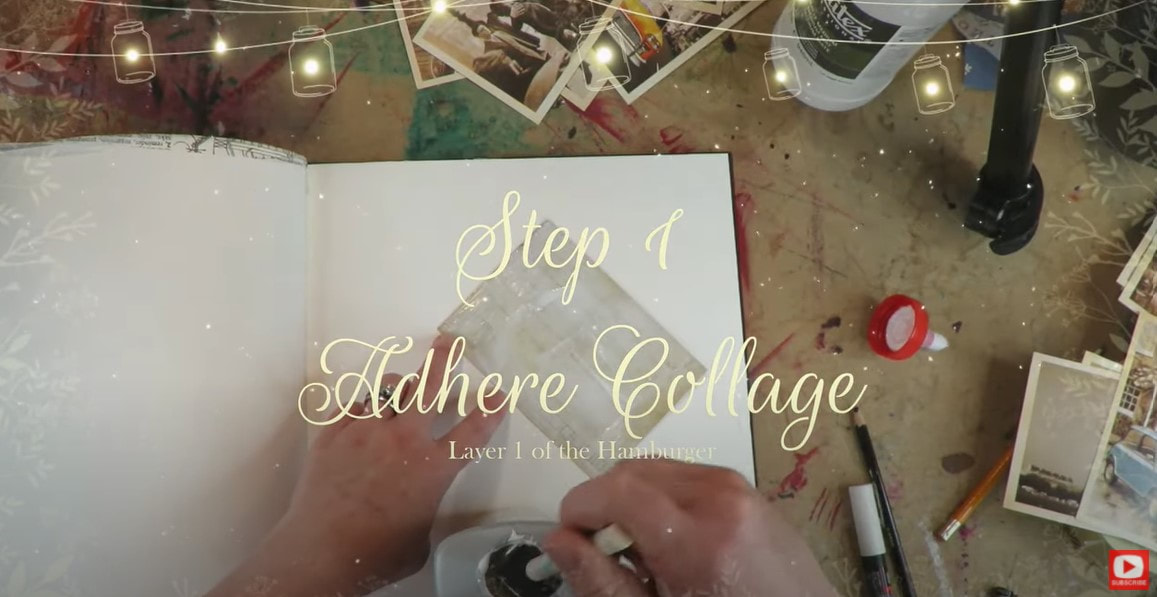
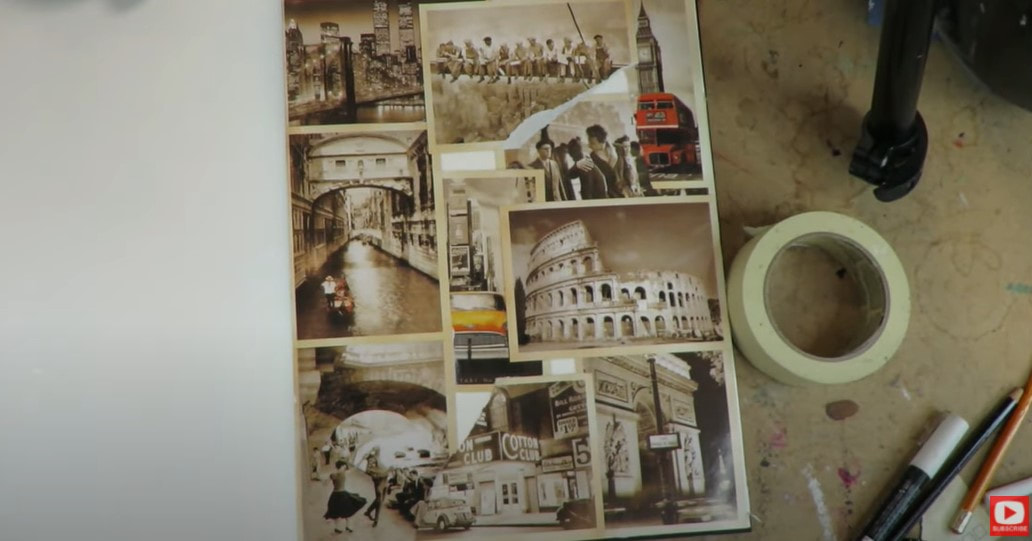
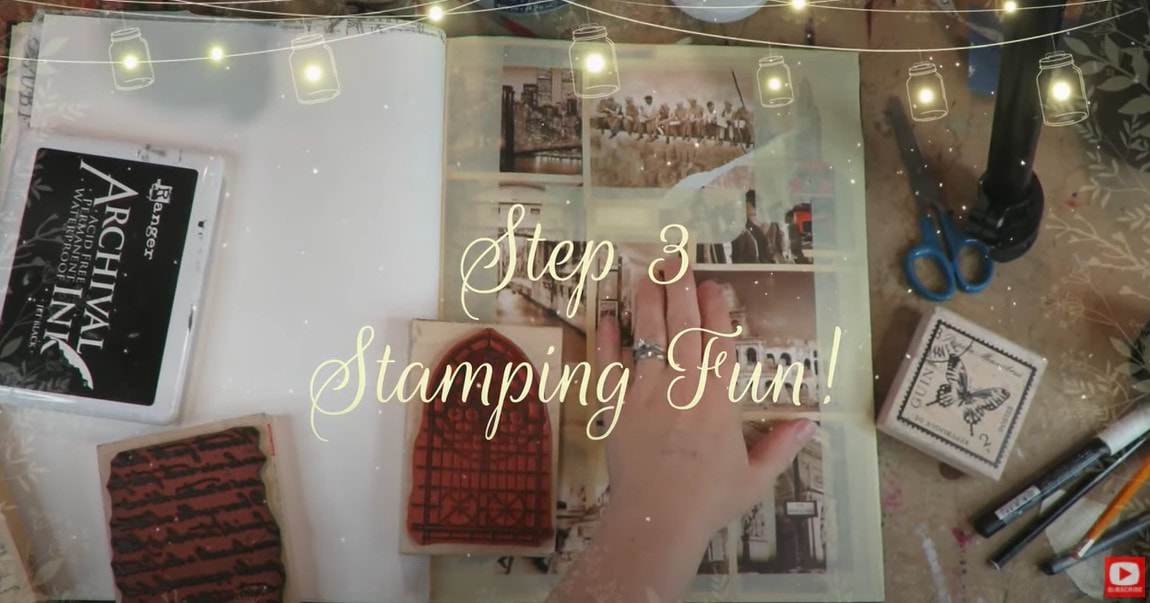
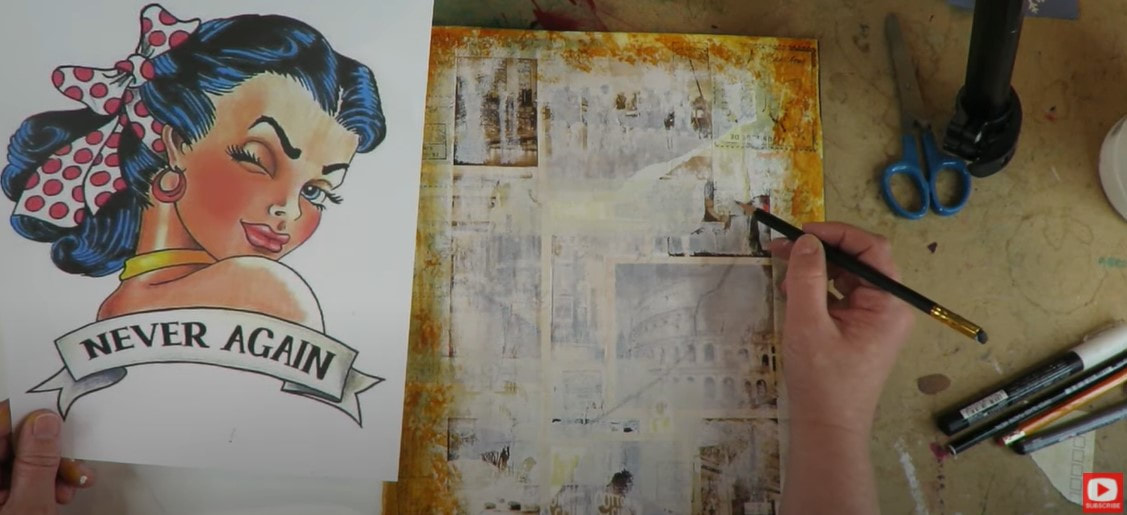
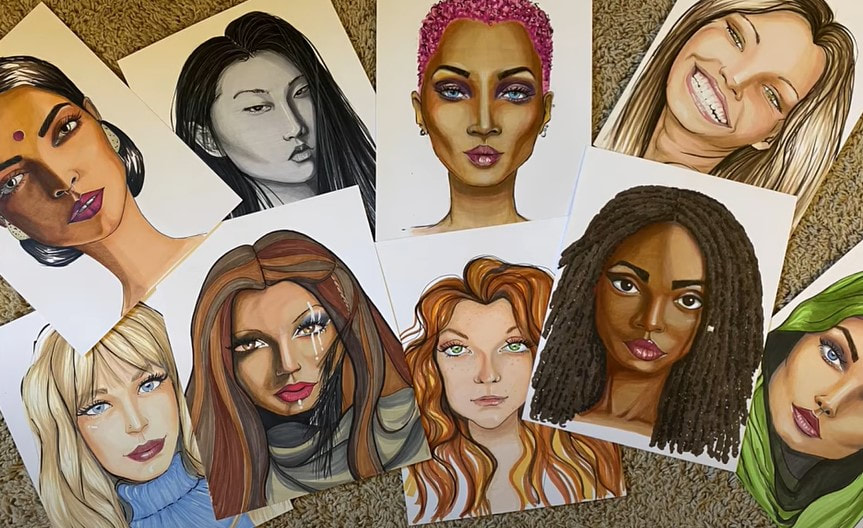
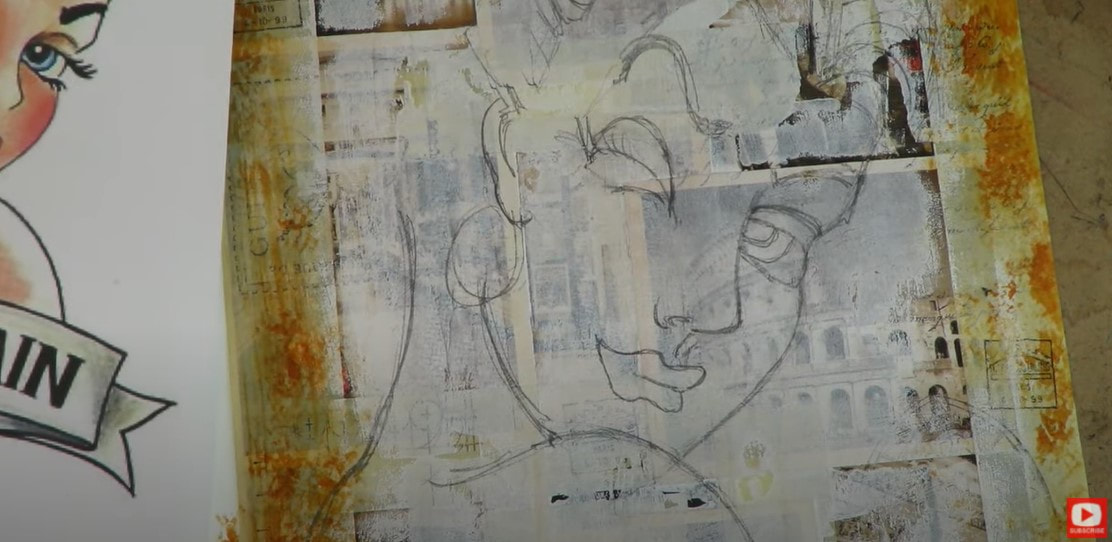
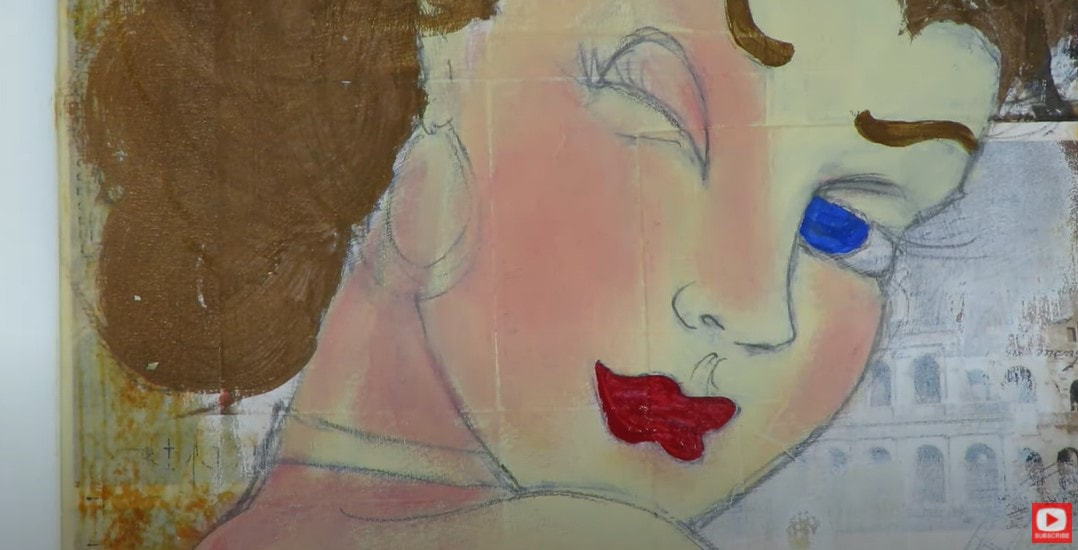
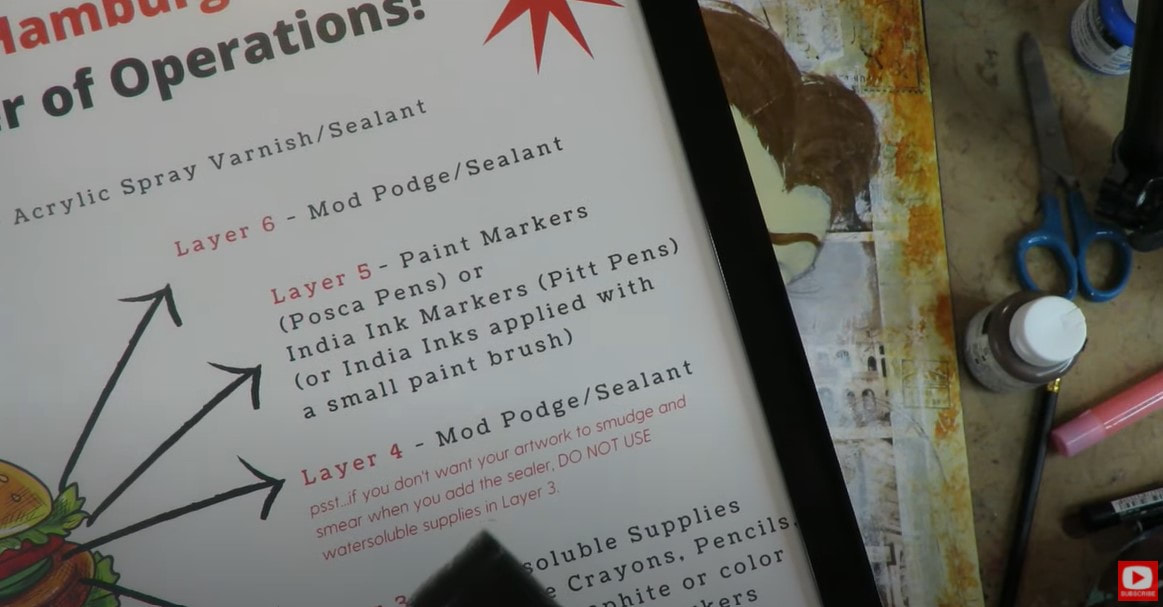
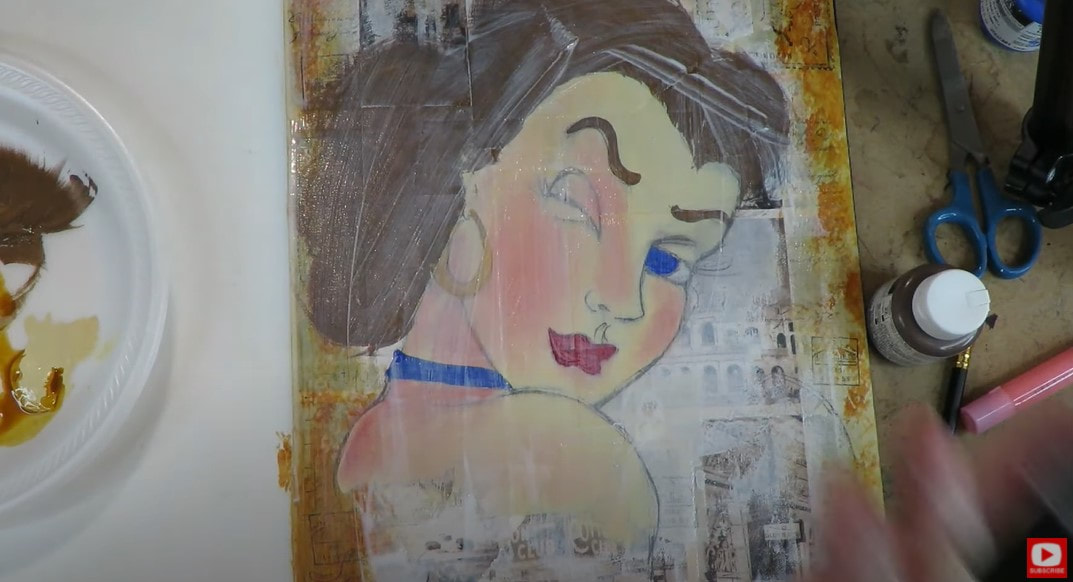
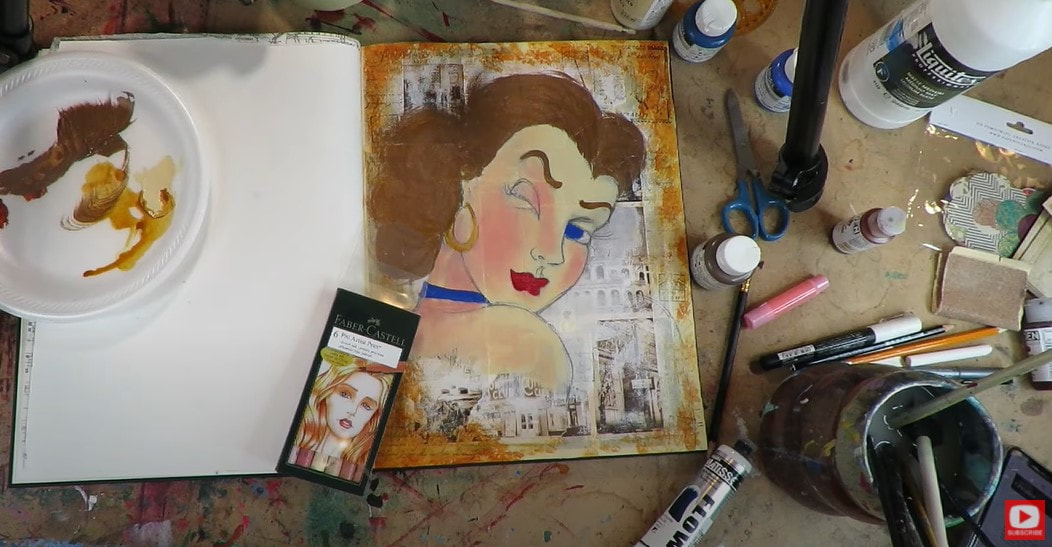
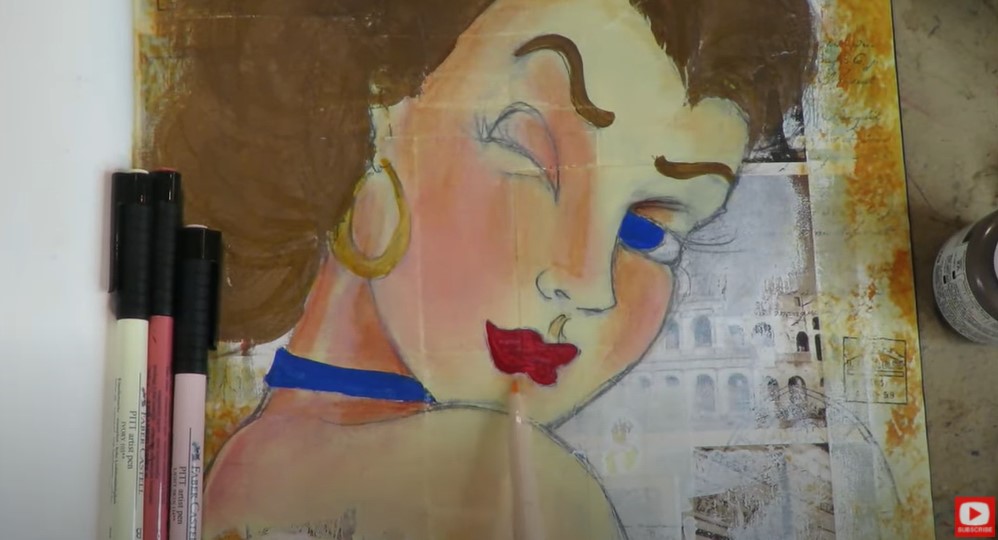
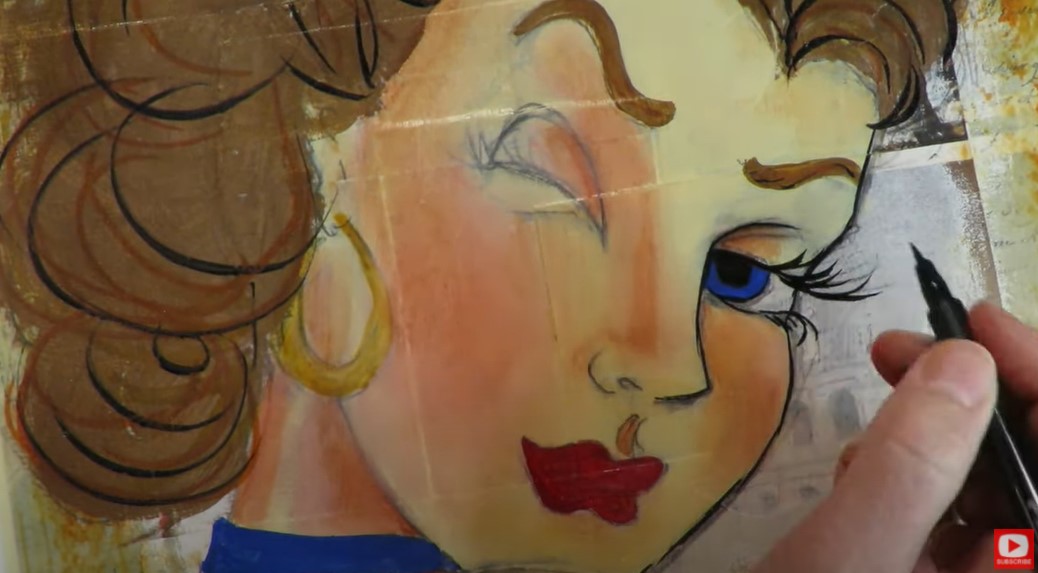
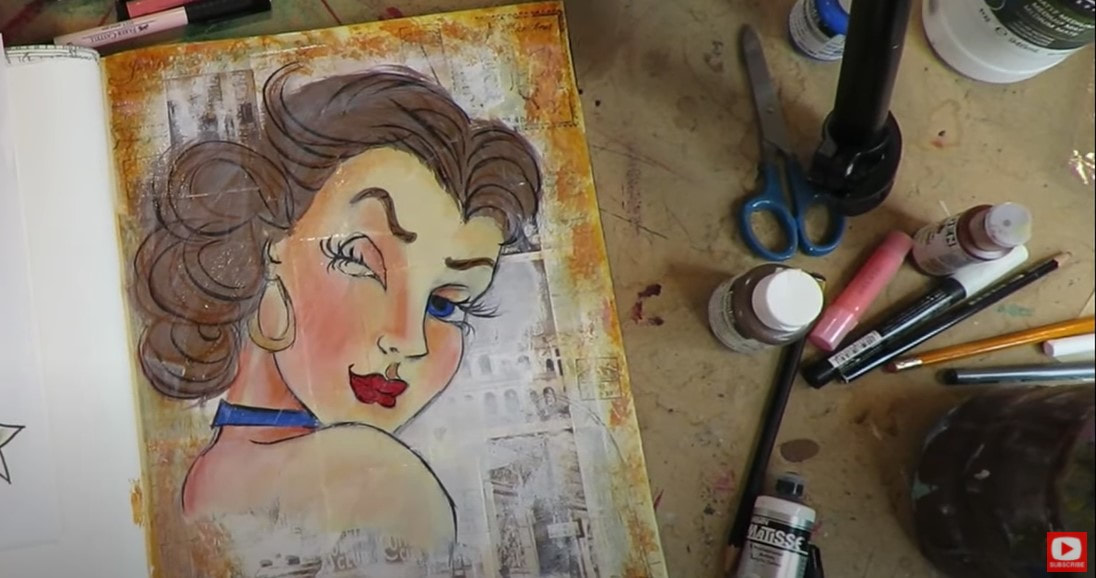
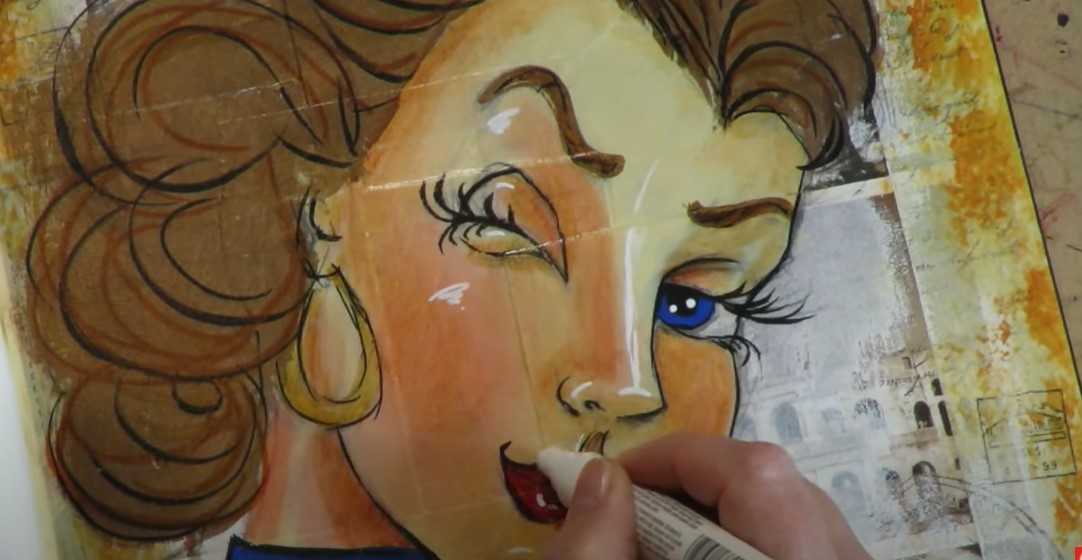
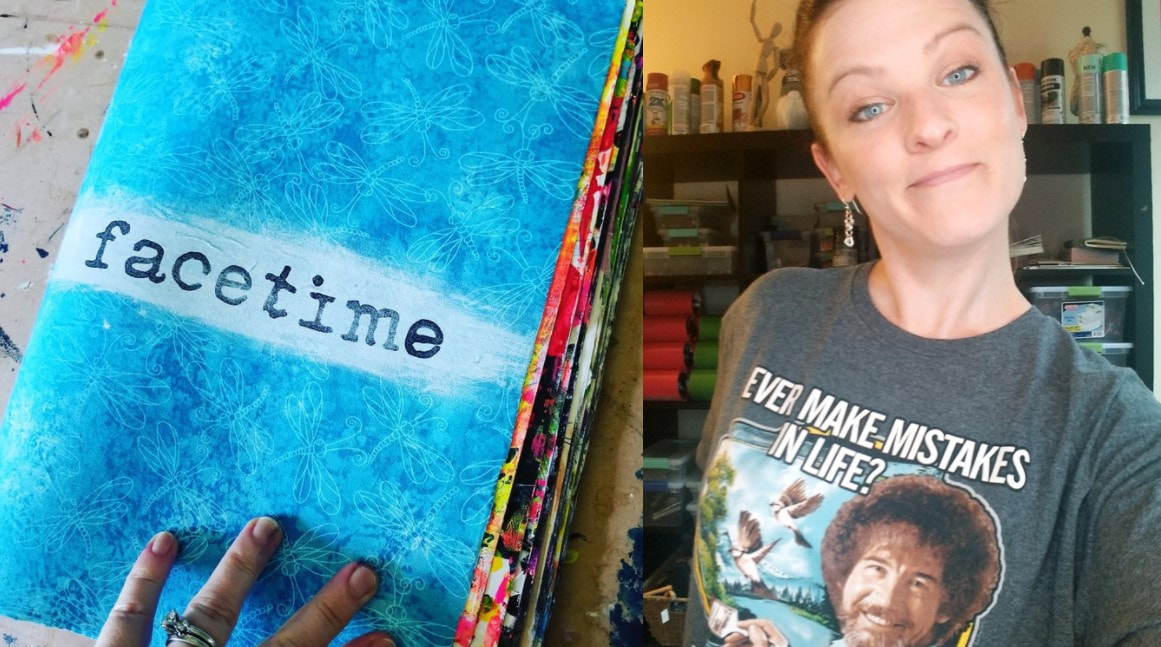
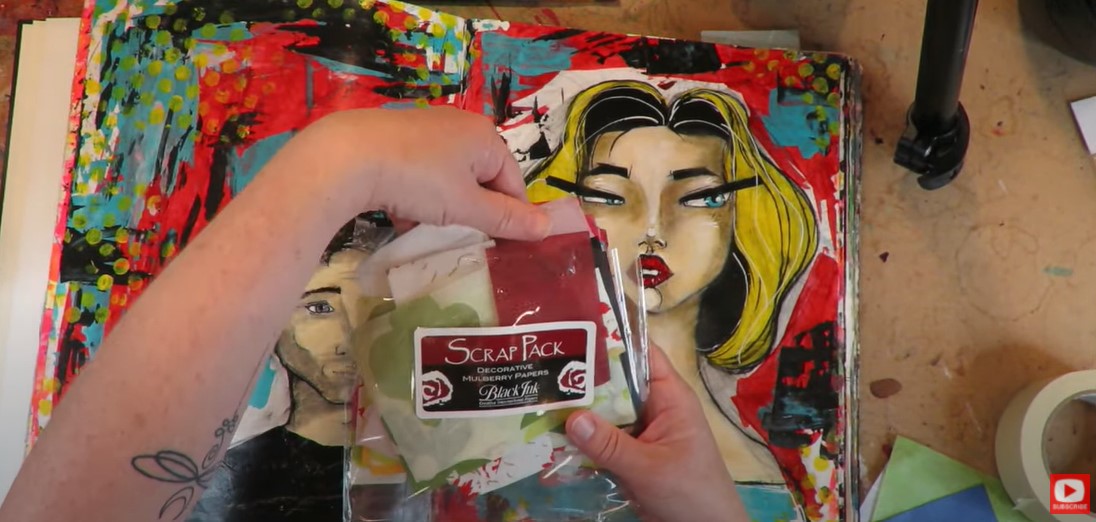
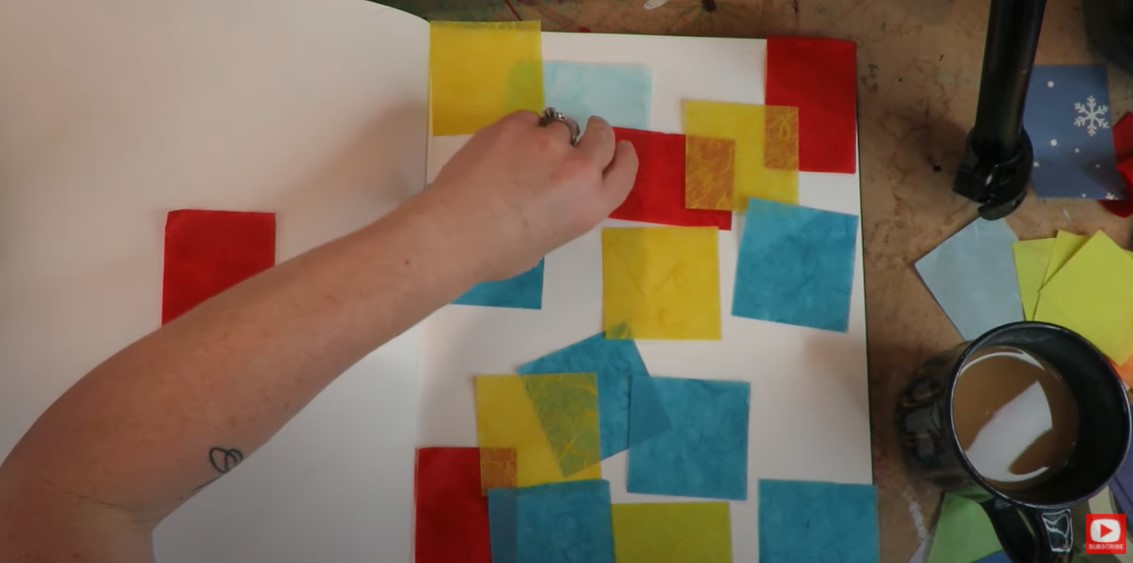
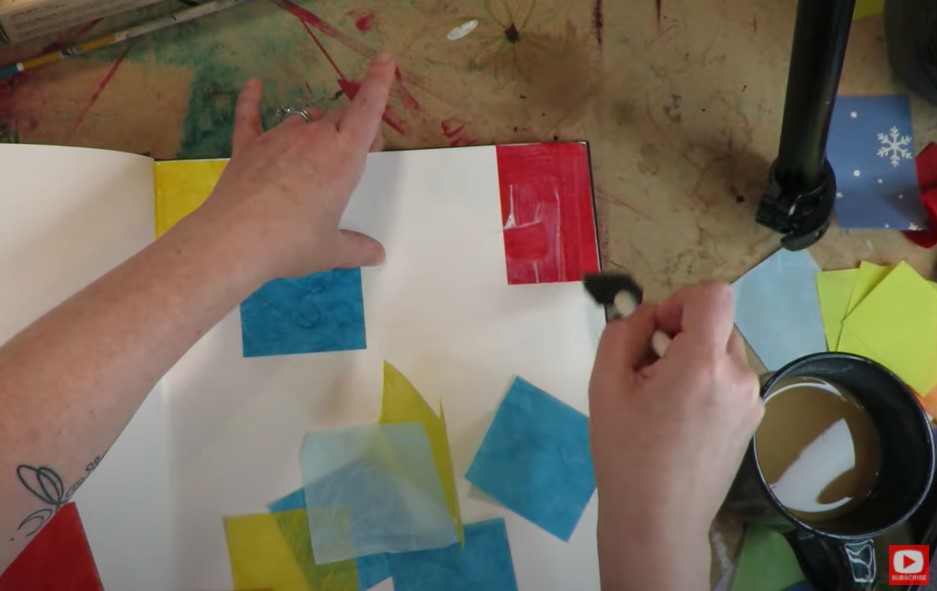
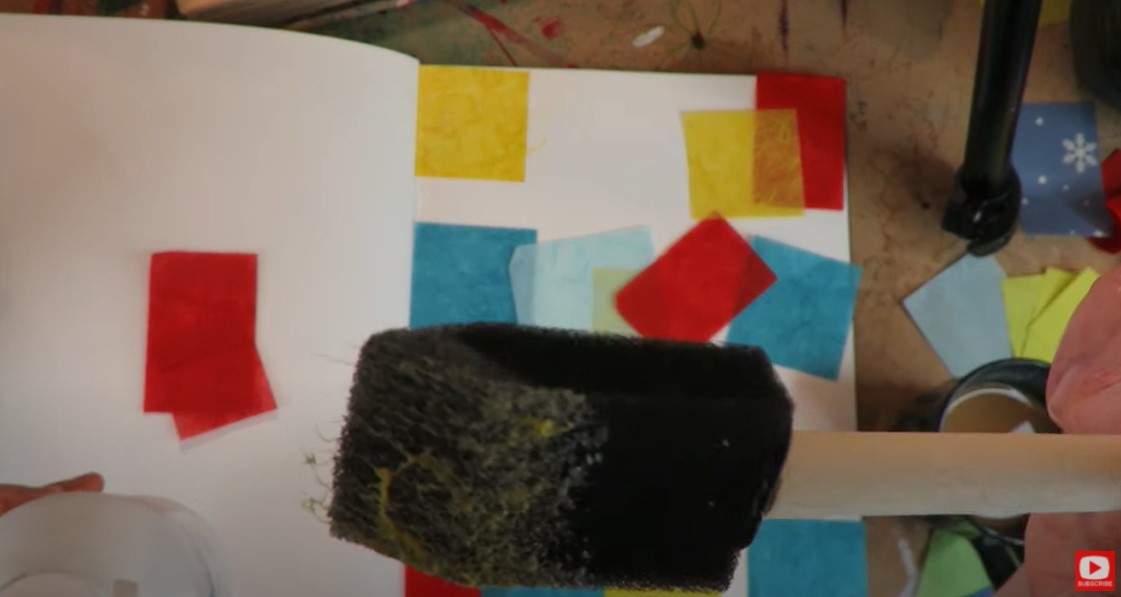
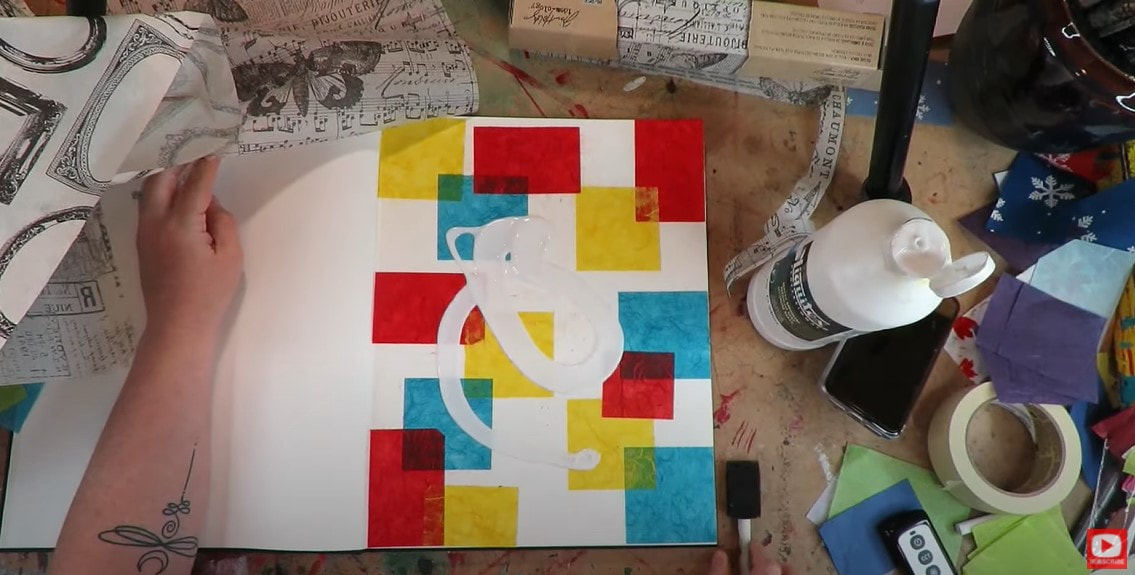
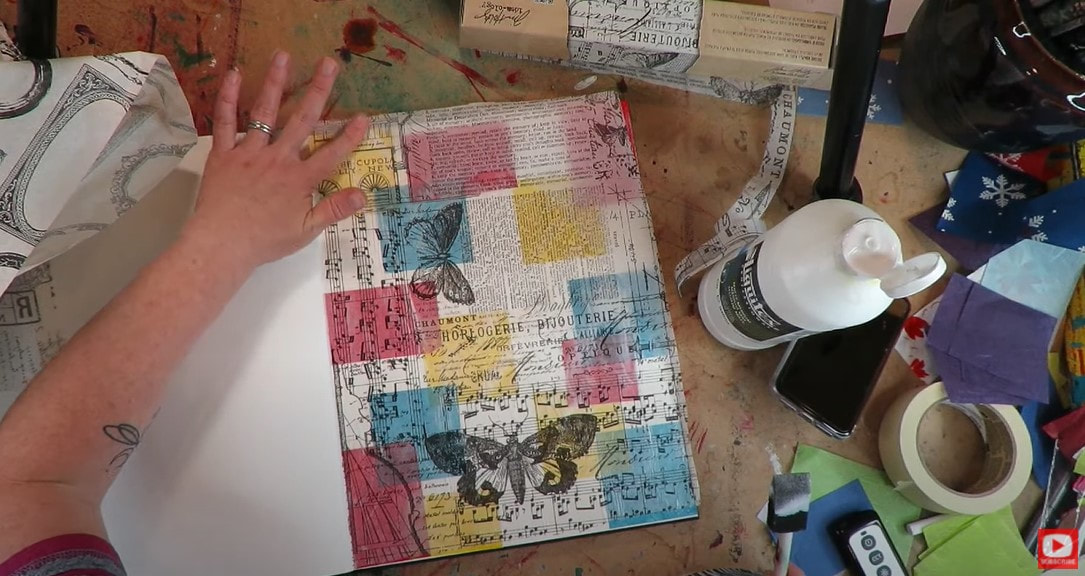
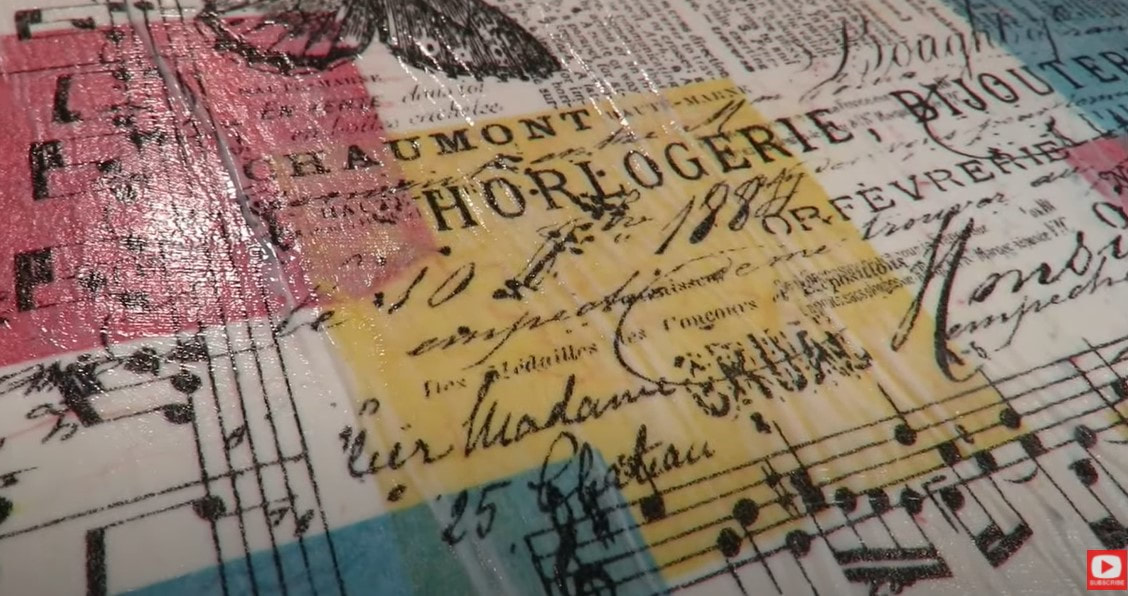
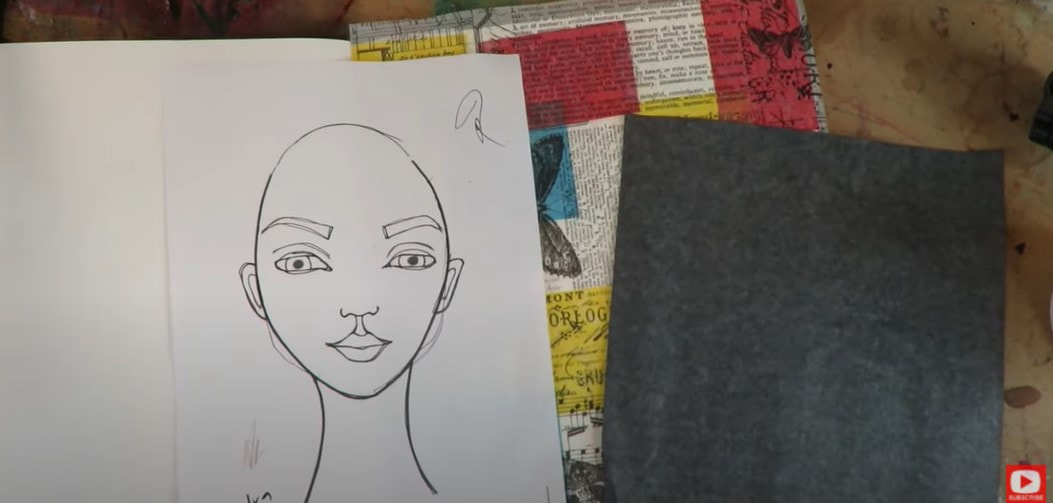
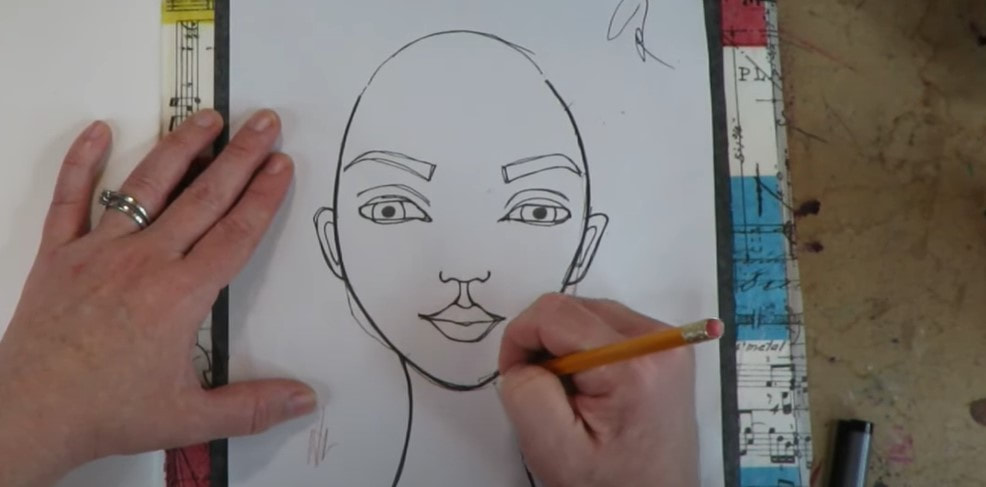
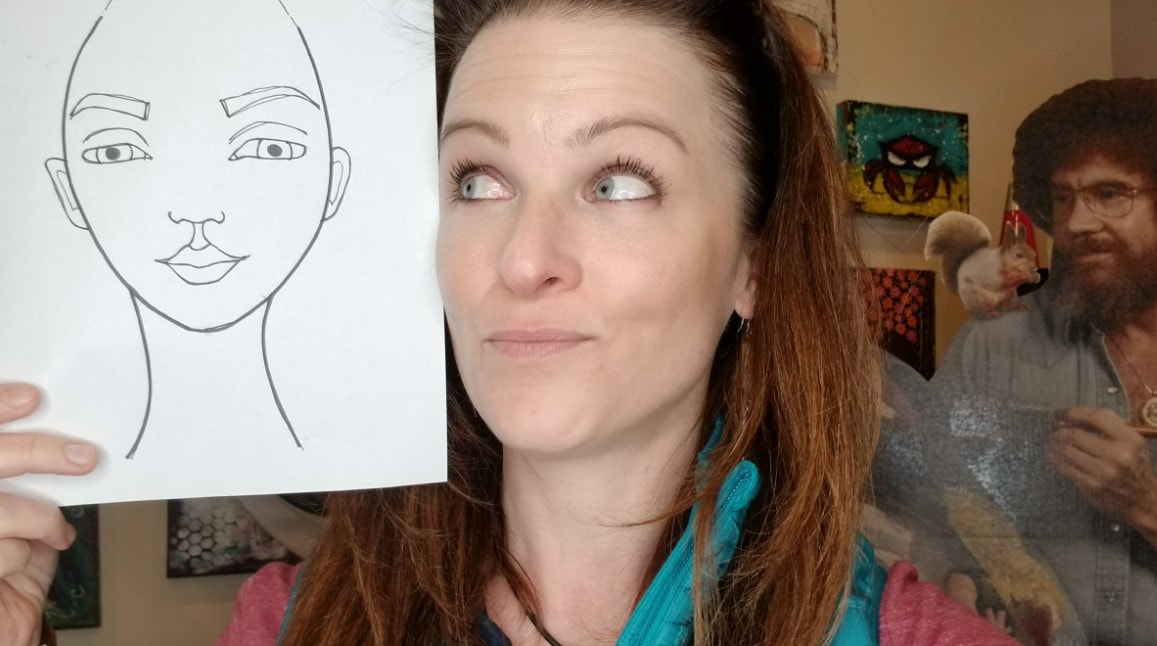
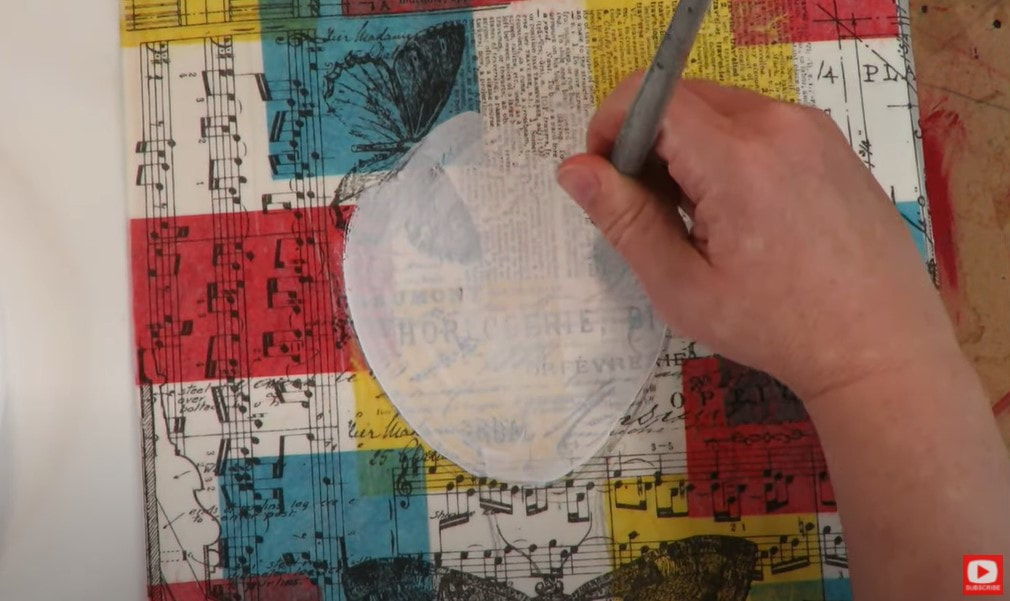
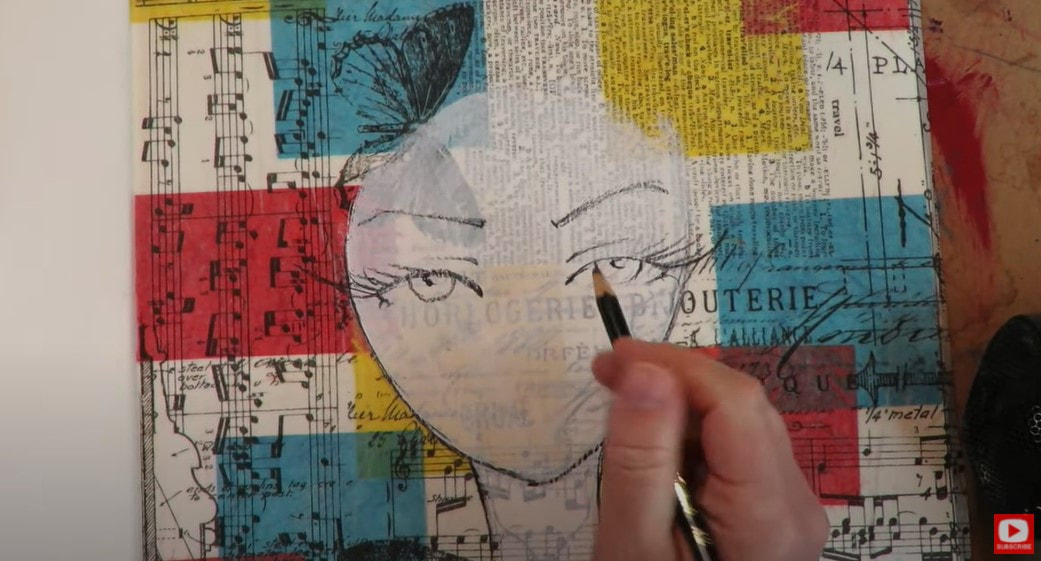
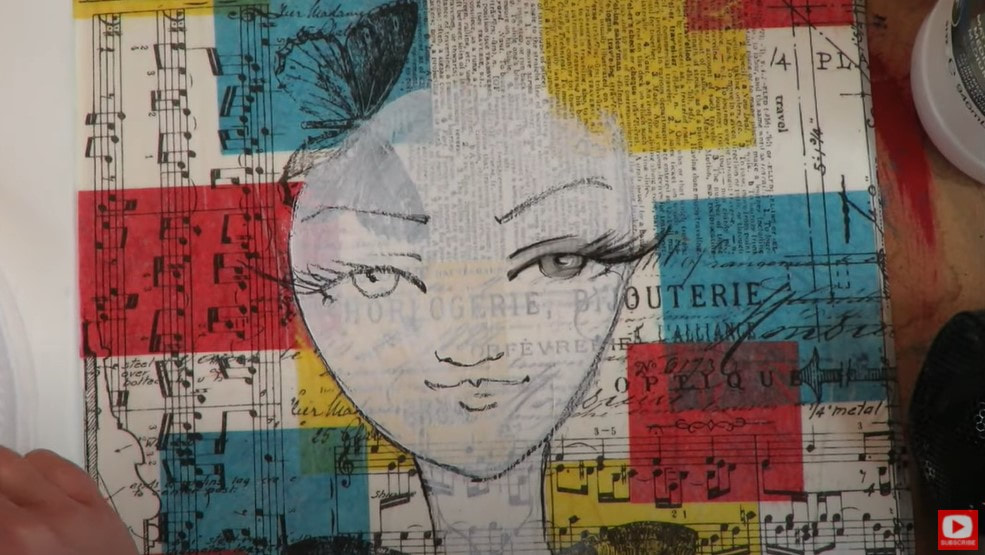
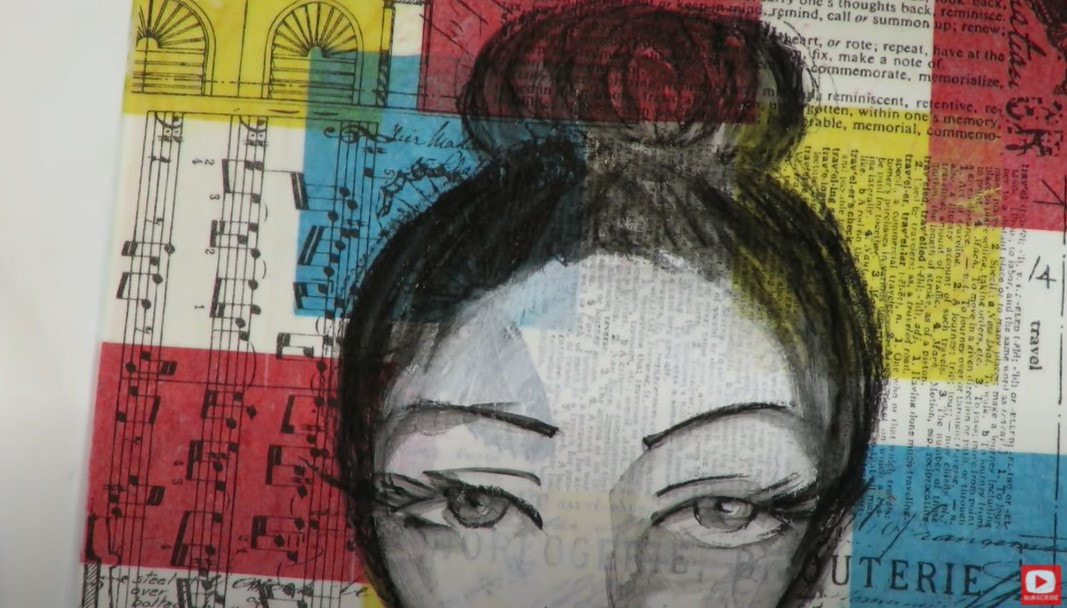
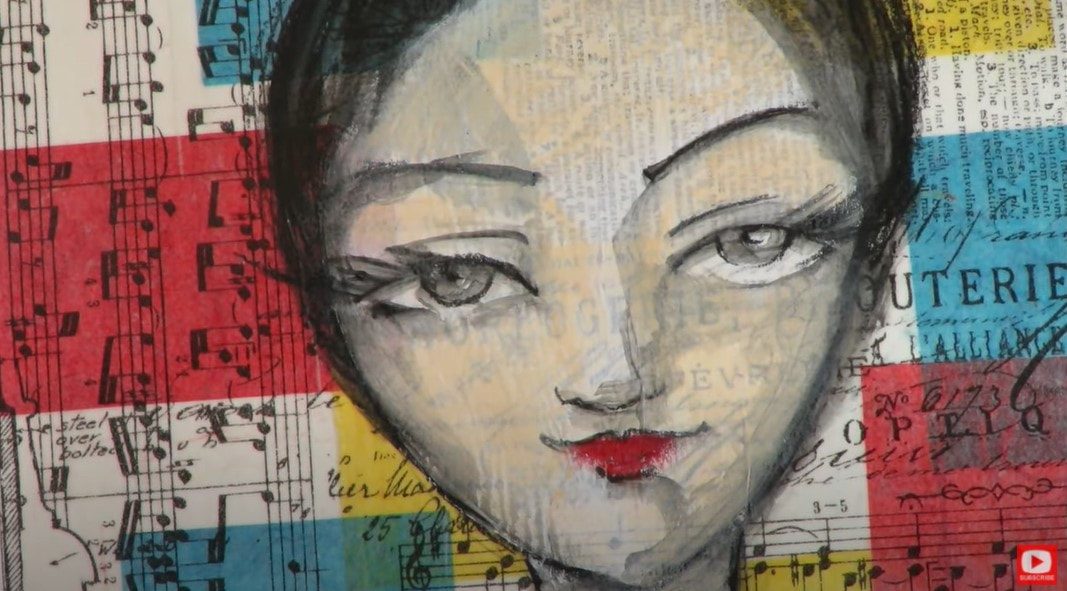
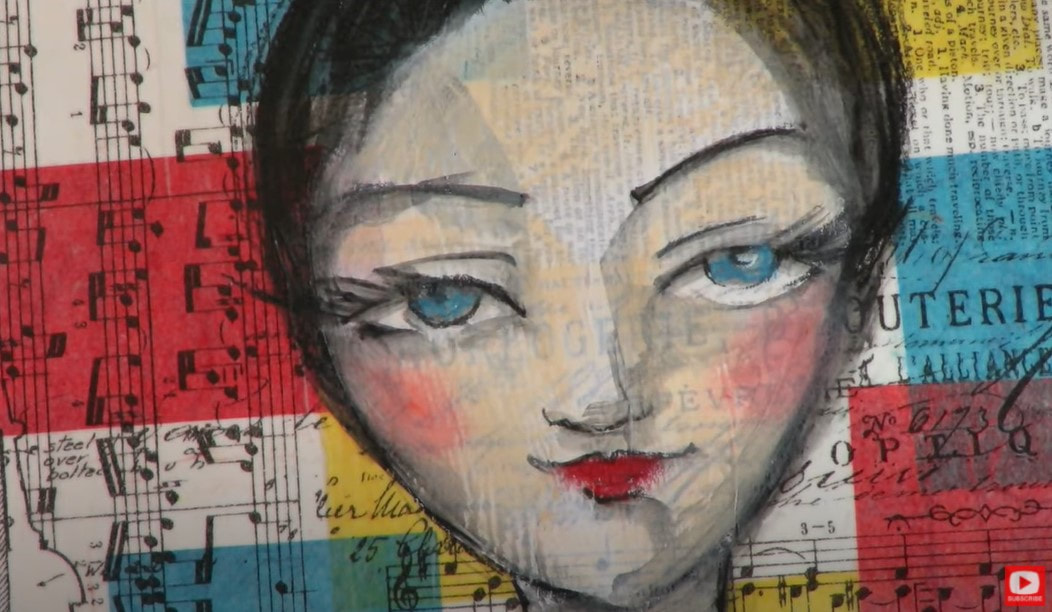
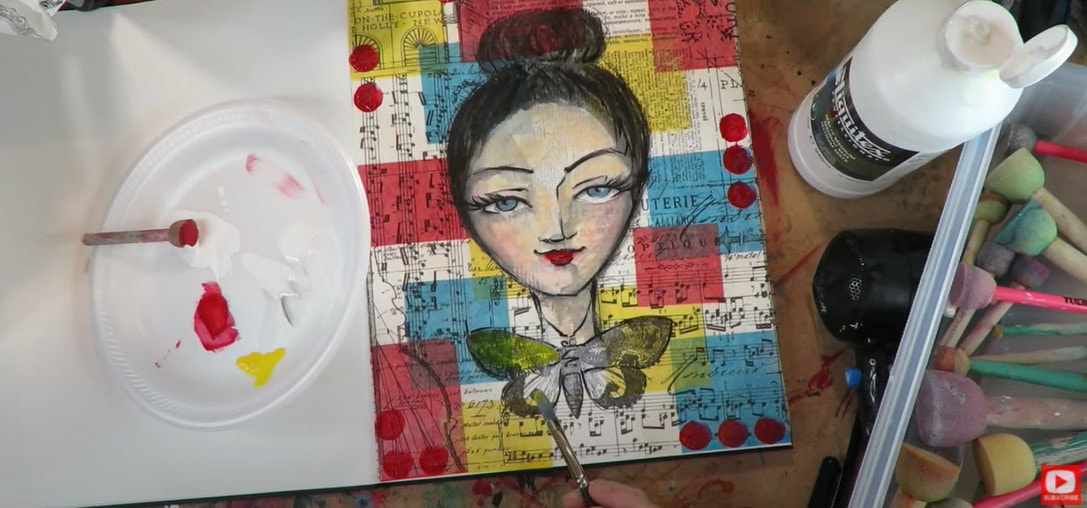
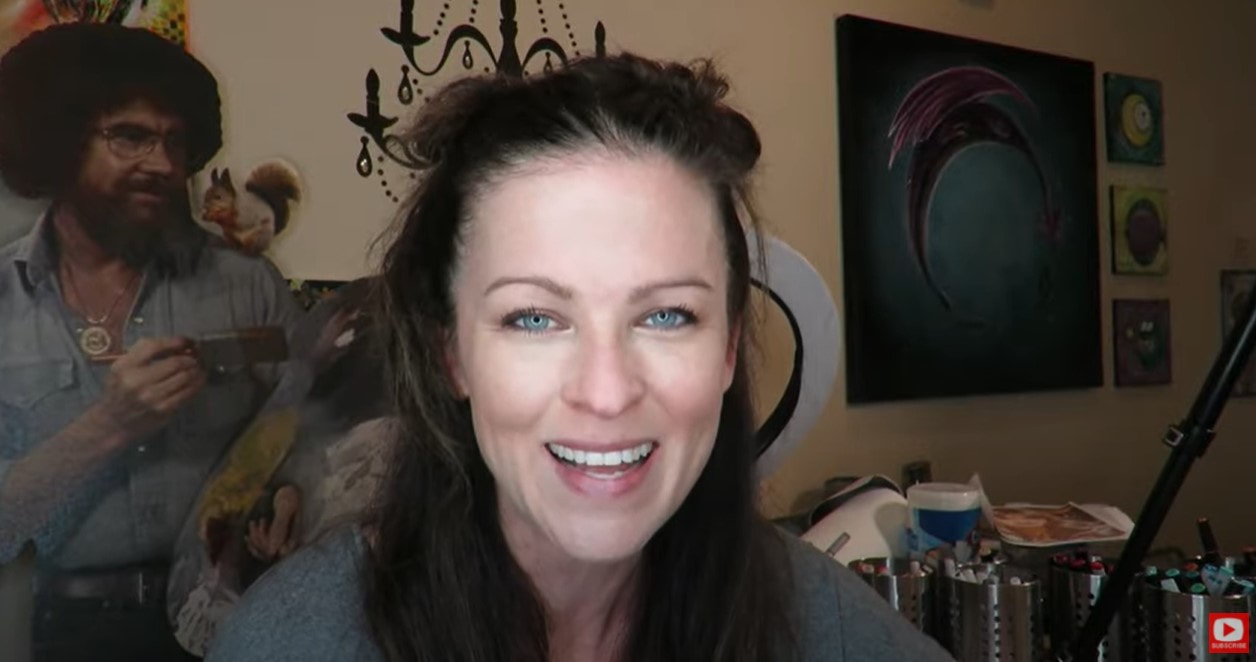
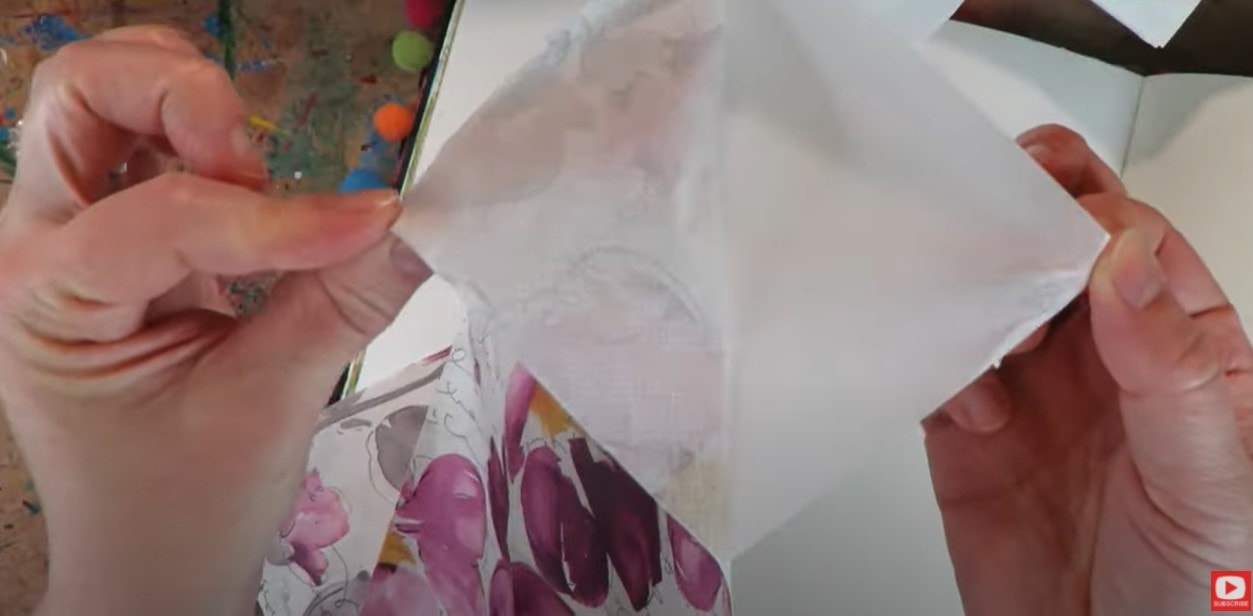
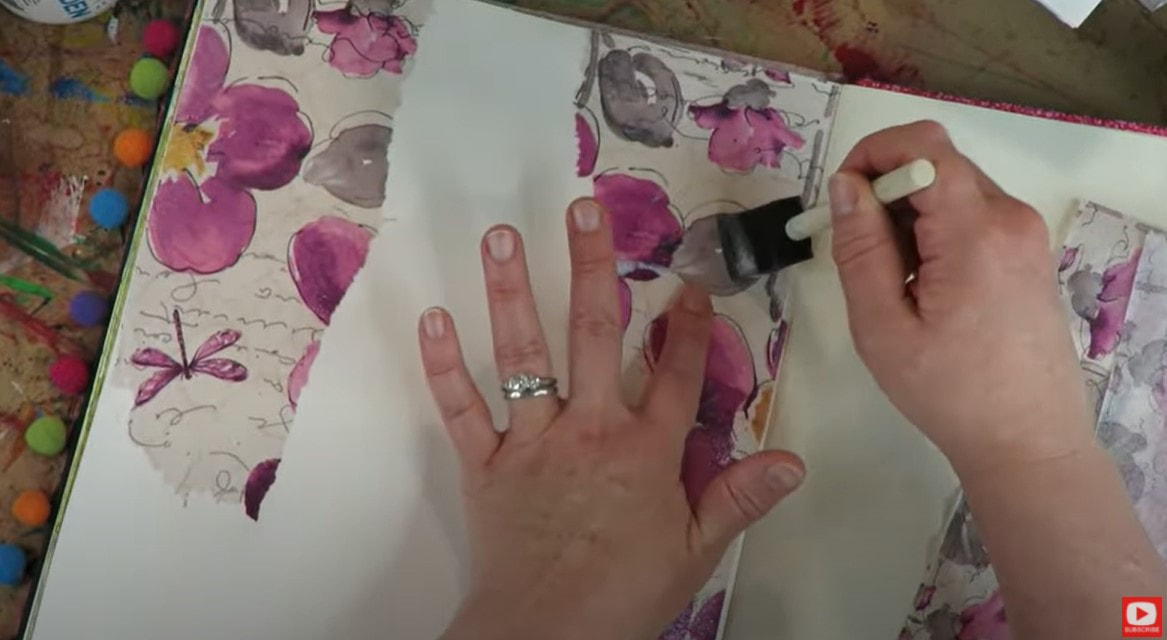
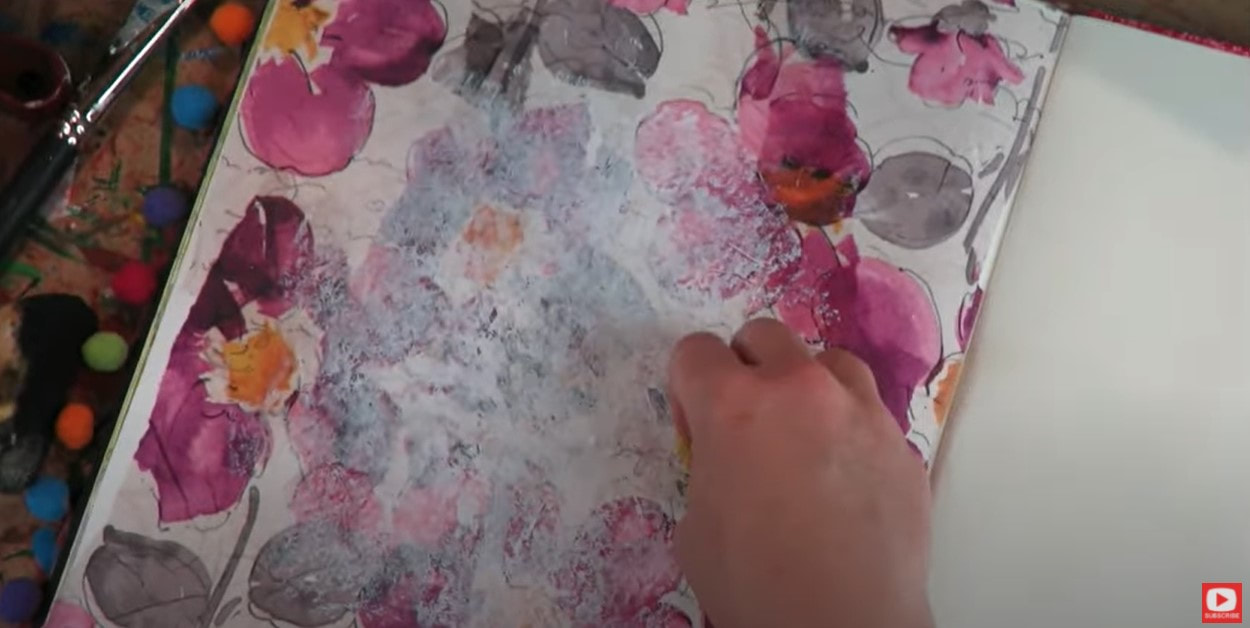
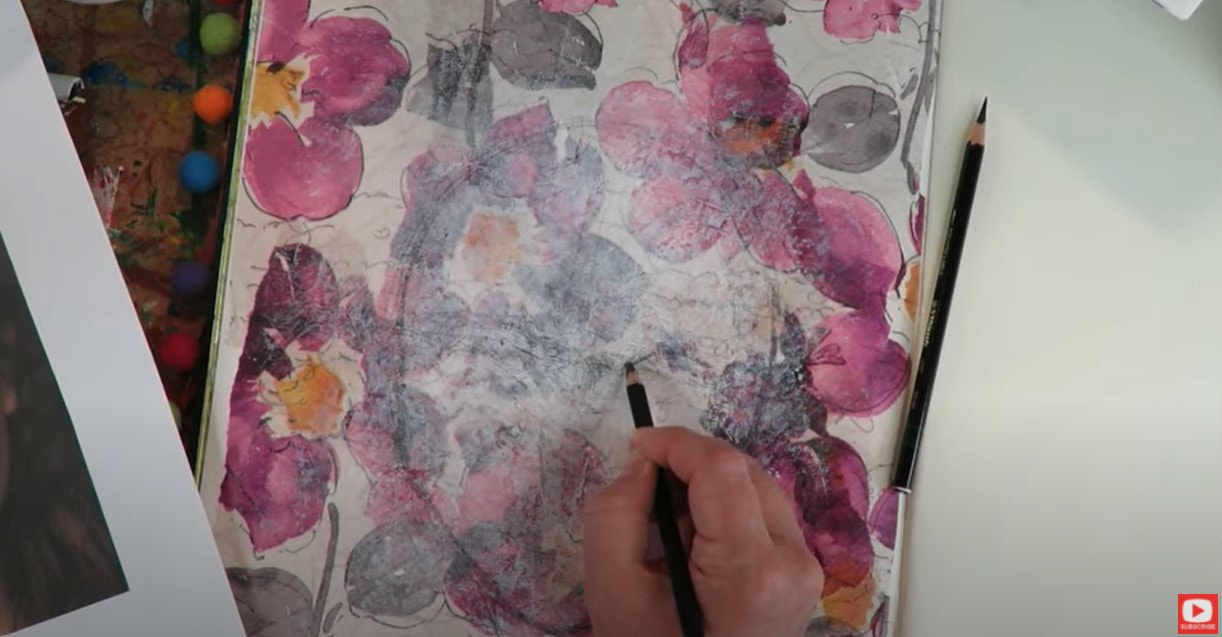
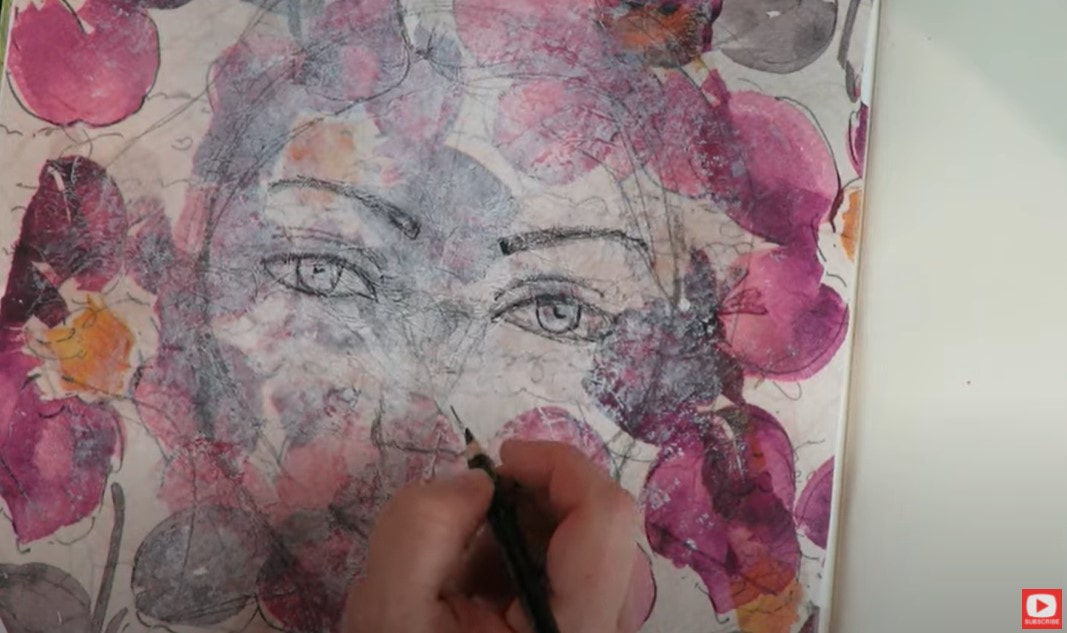
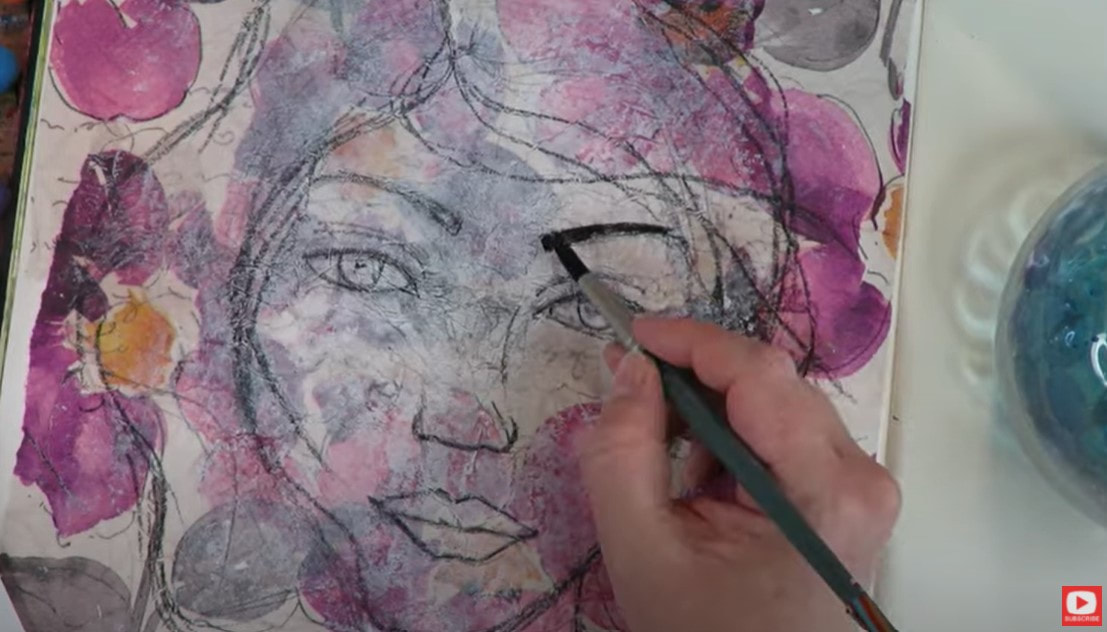
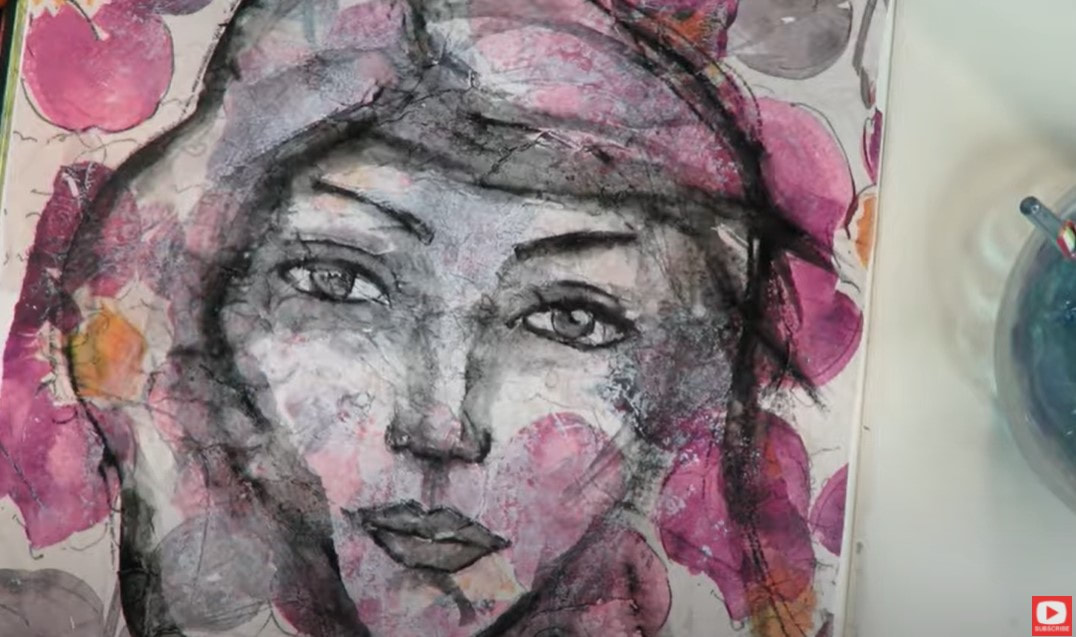
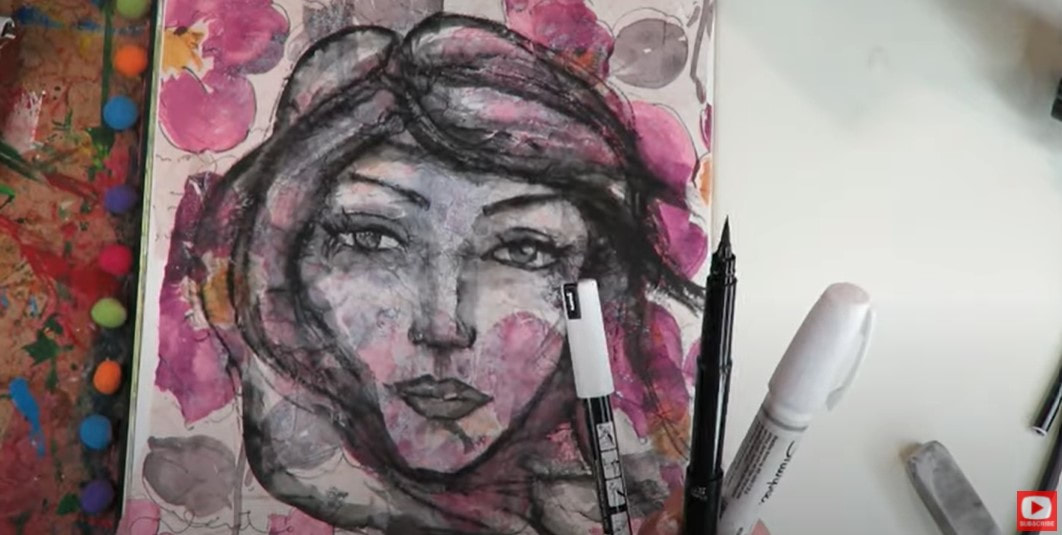
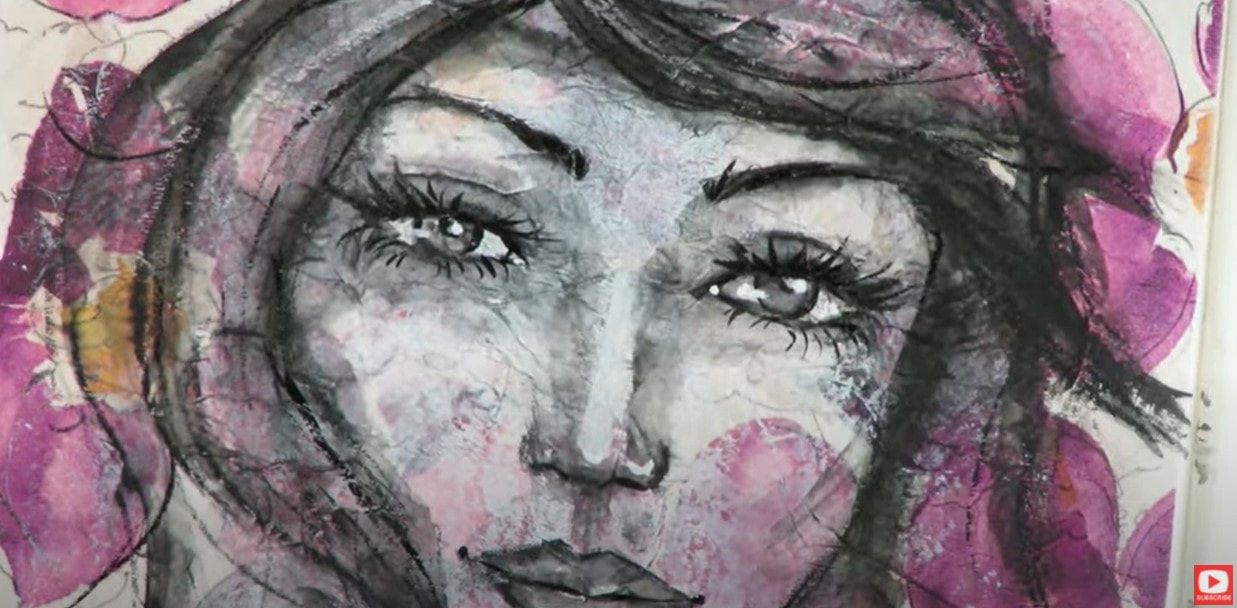
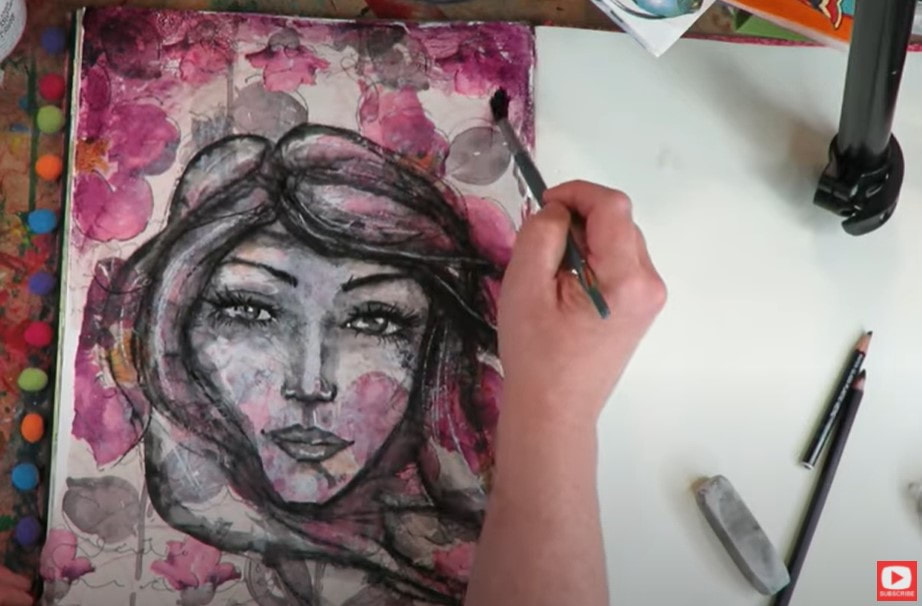
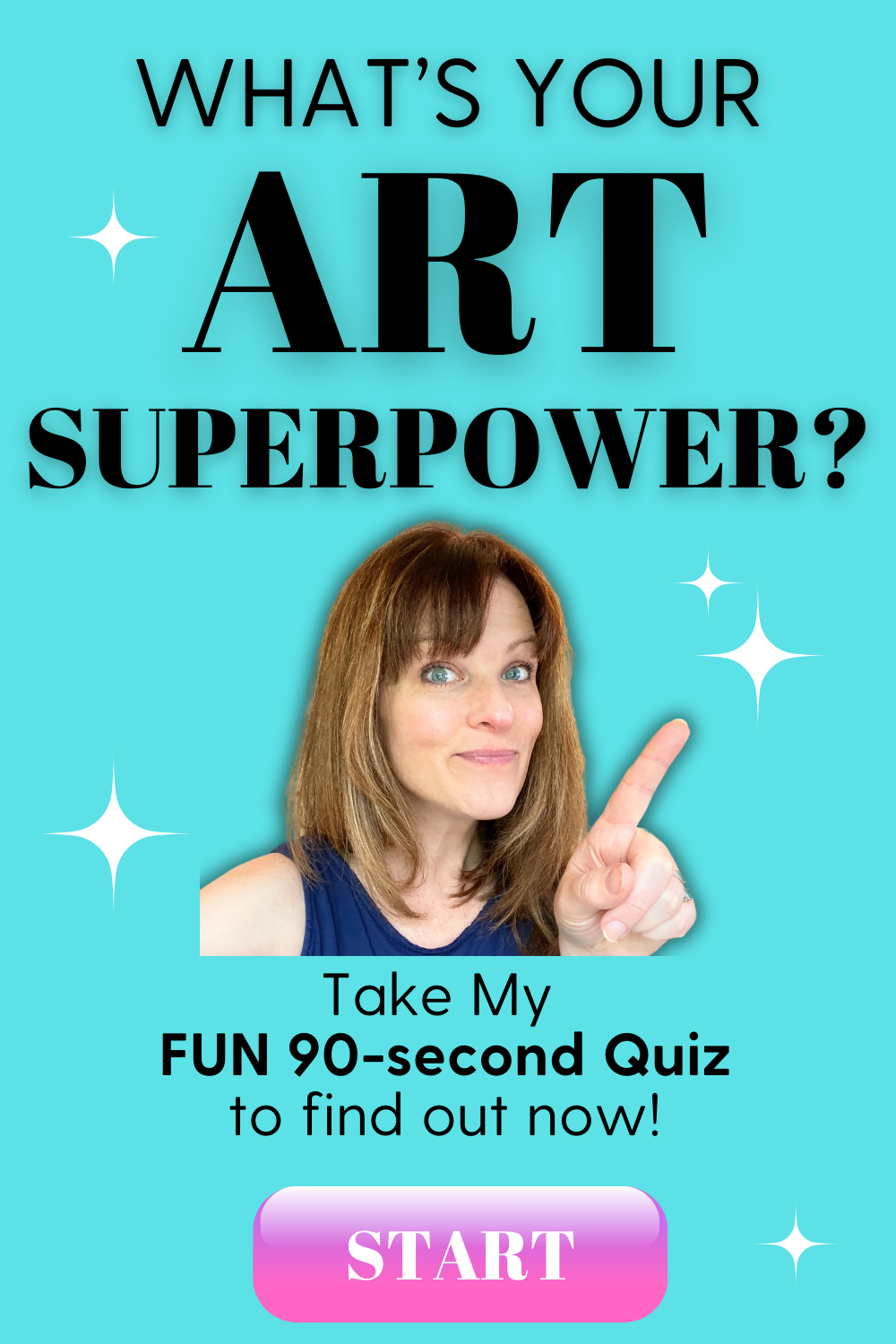

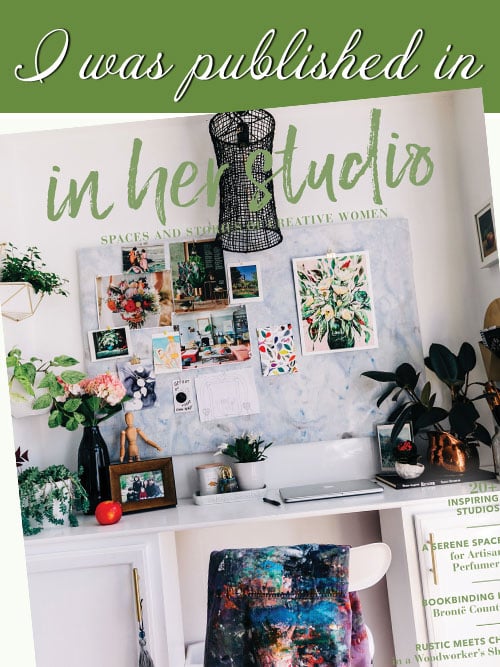
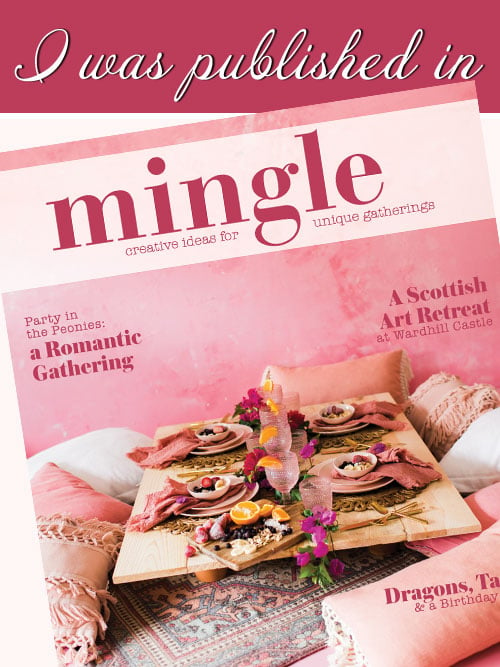
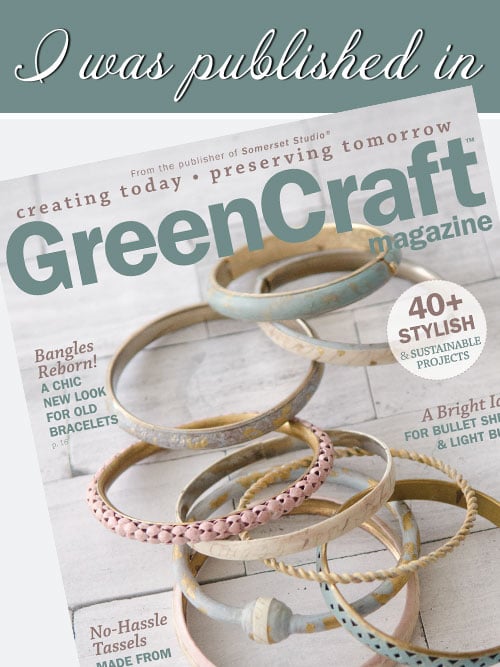
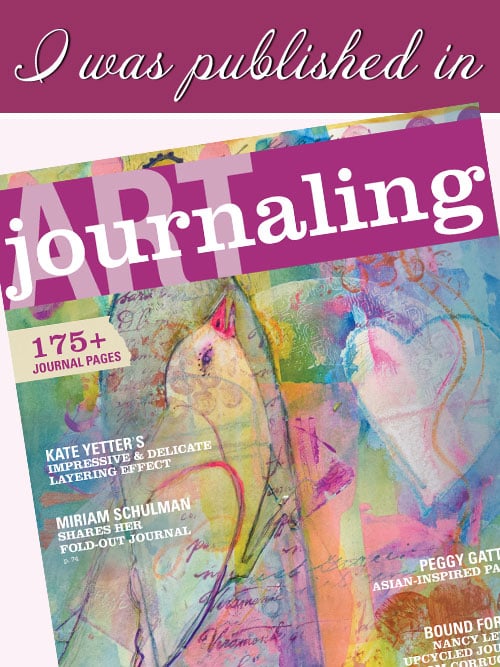
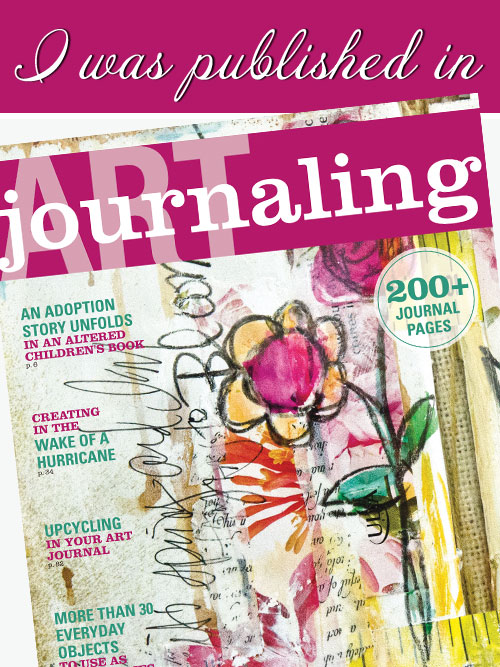
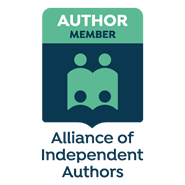
 RSS Feed
RSS Feed
